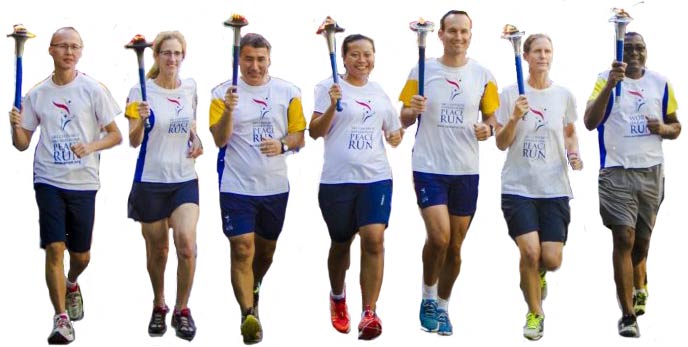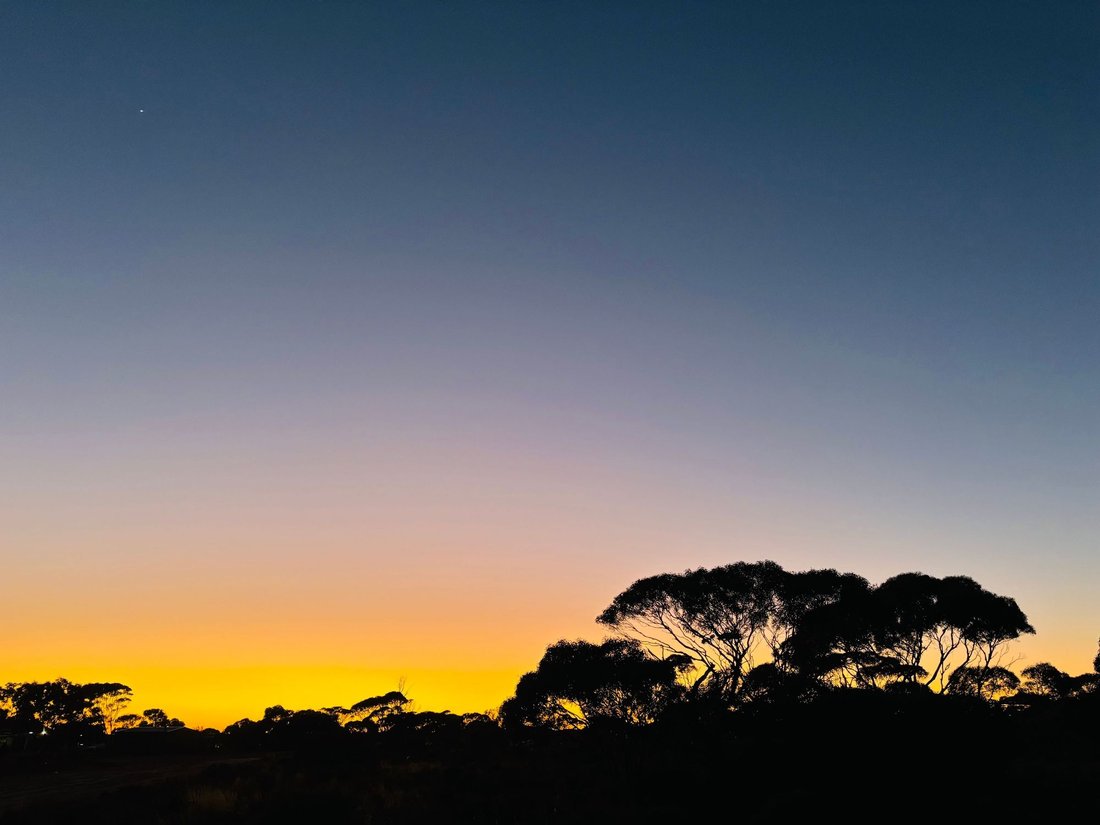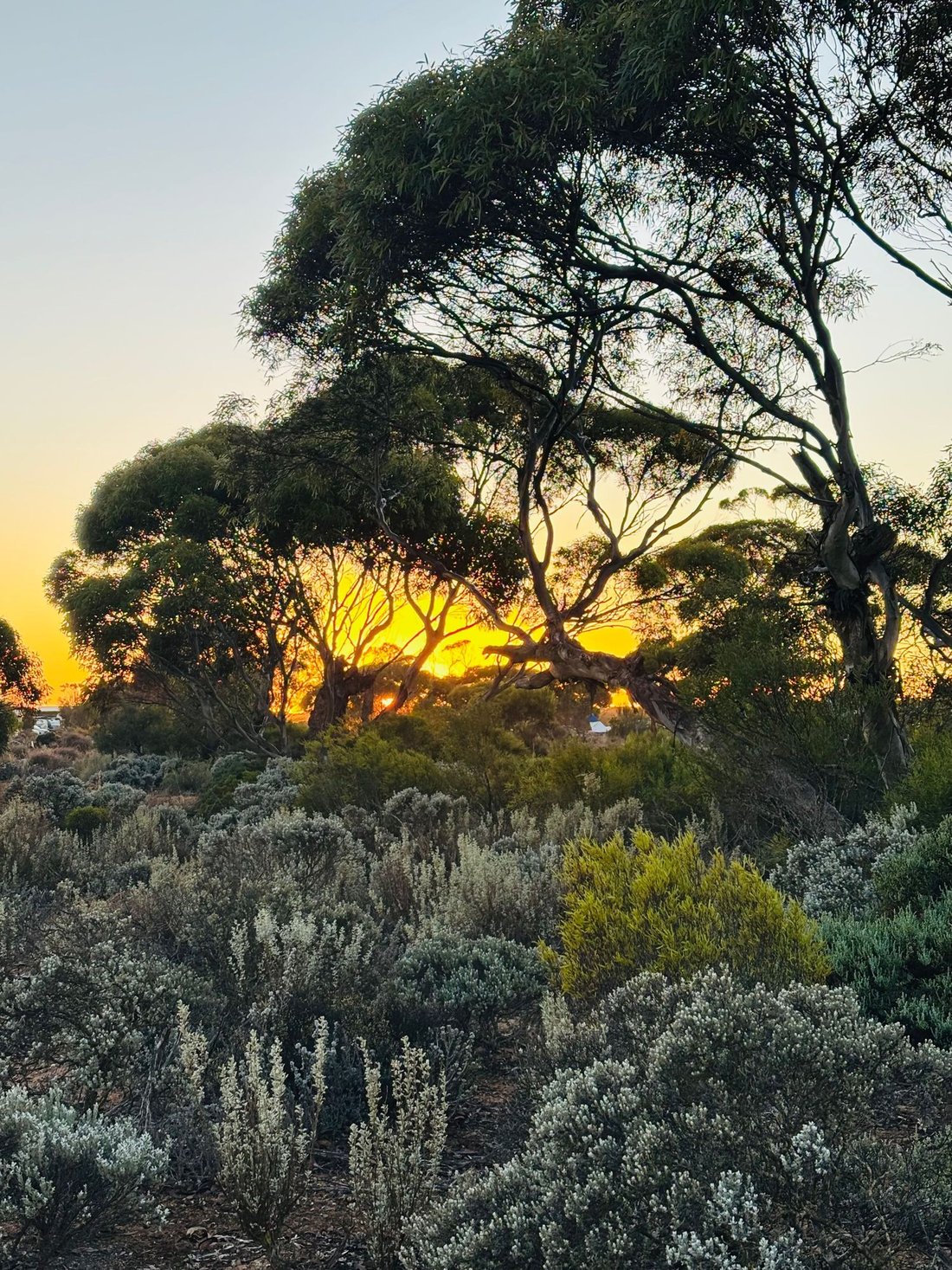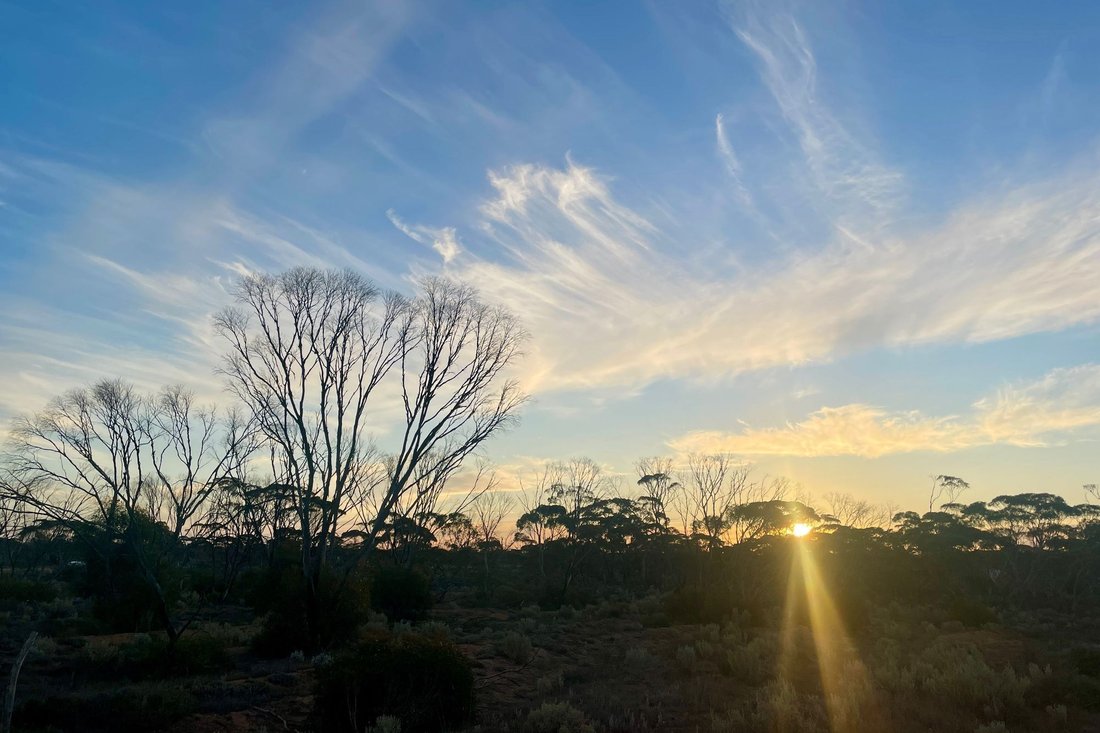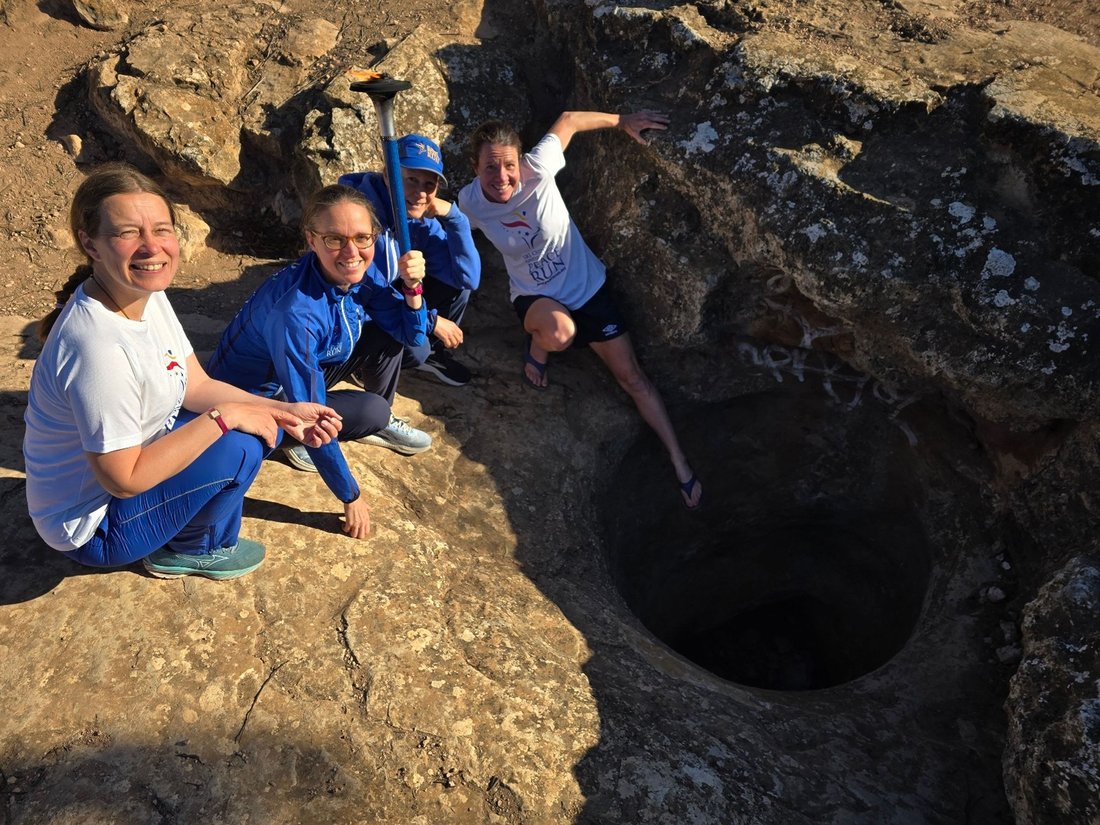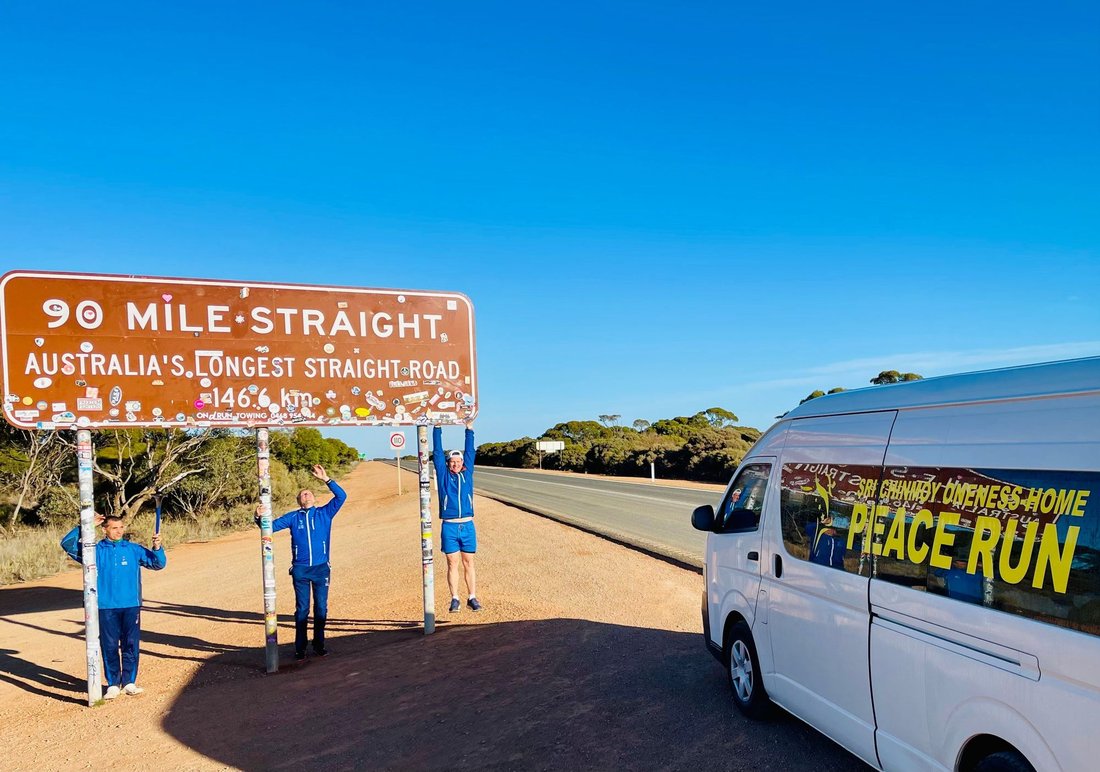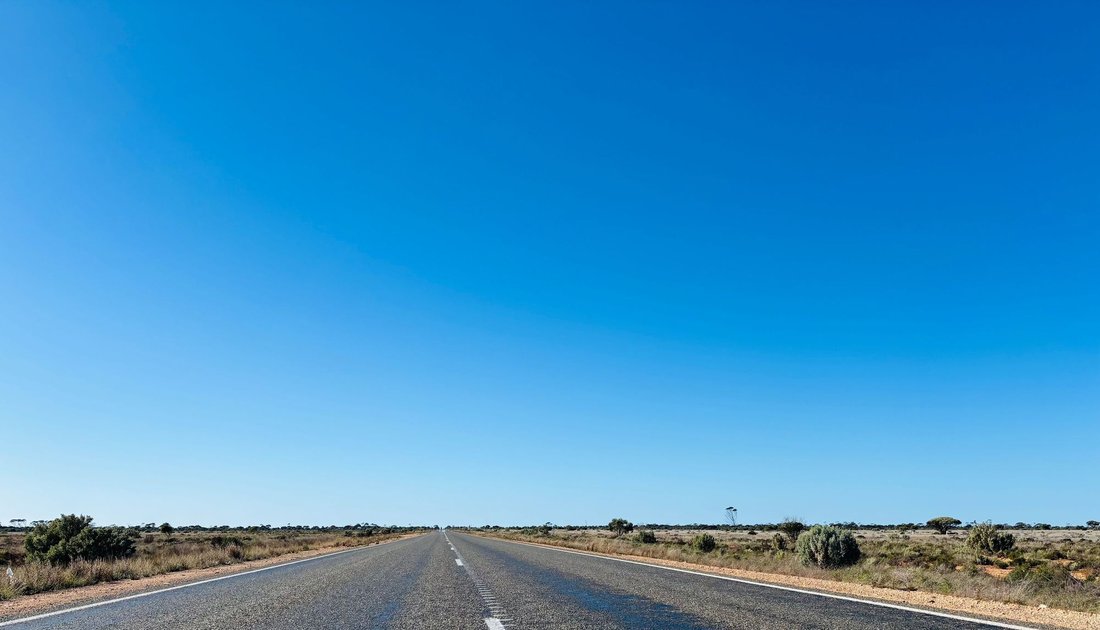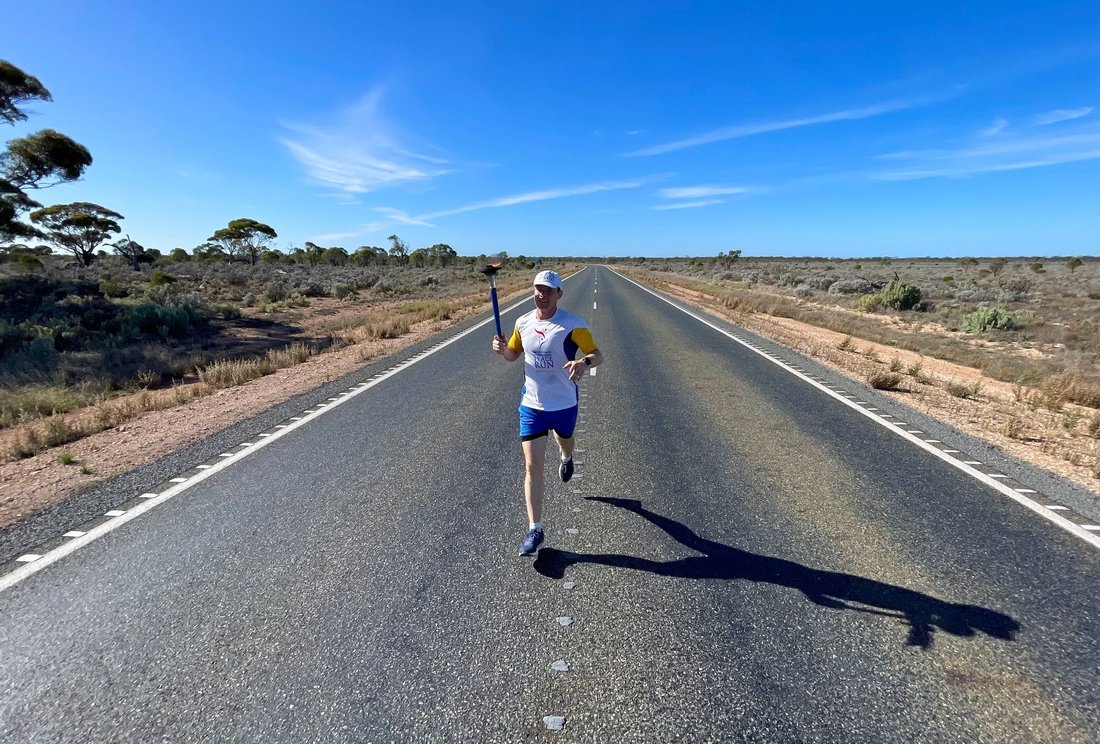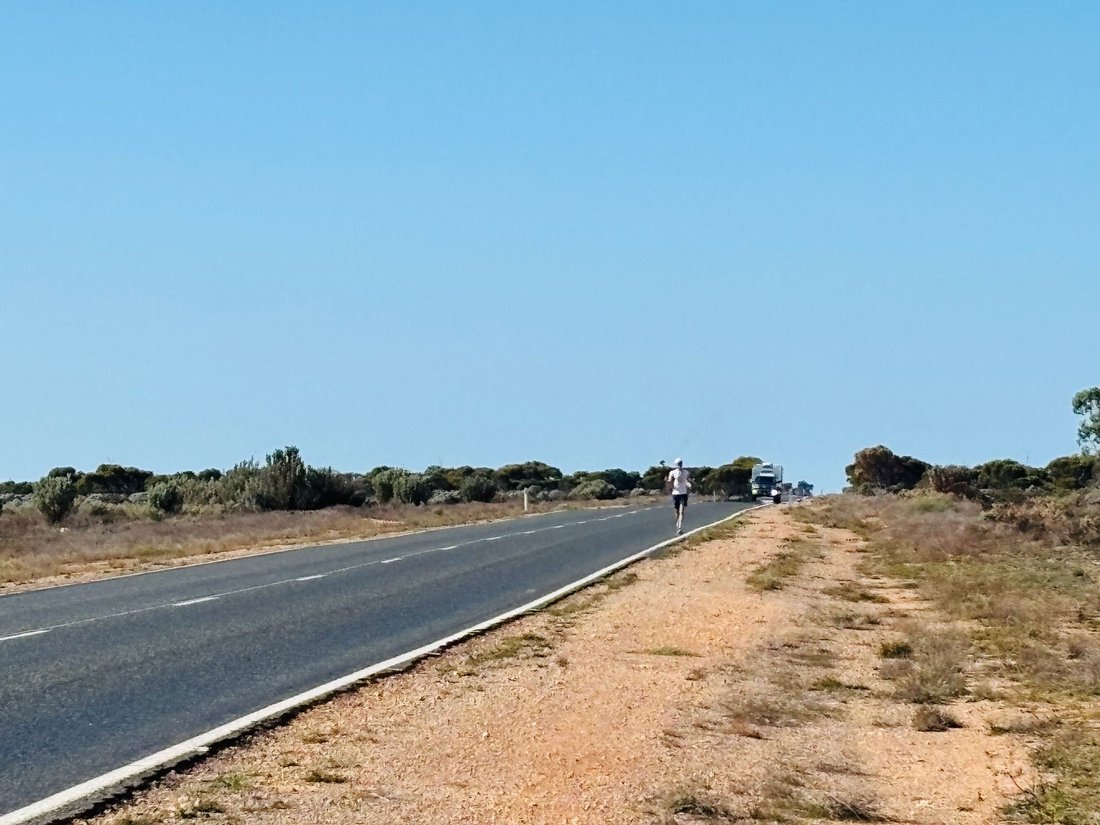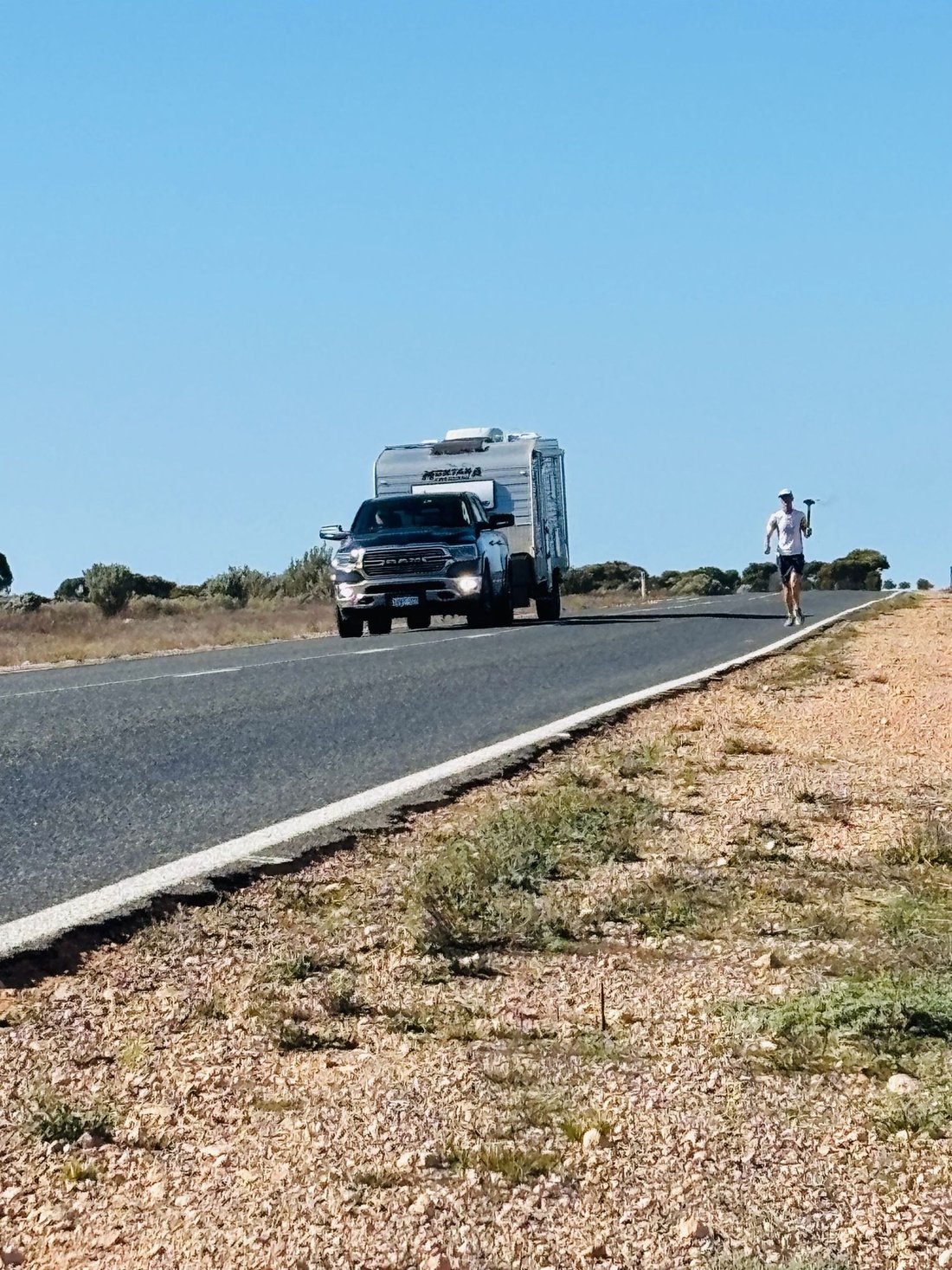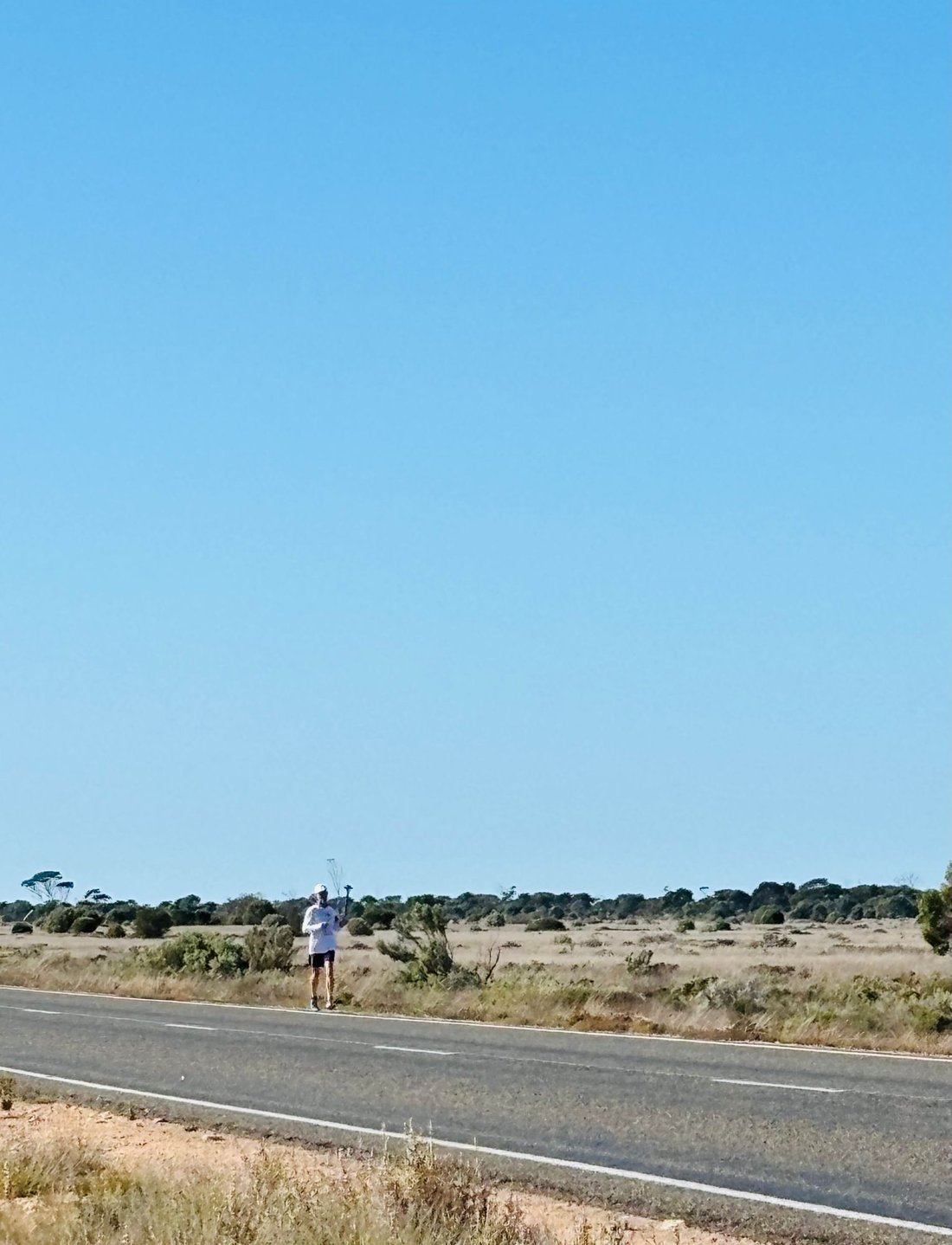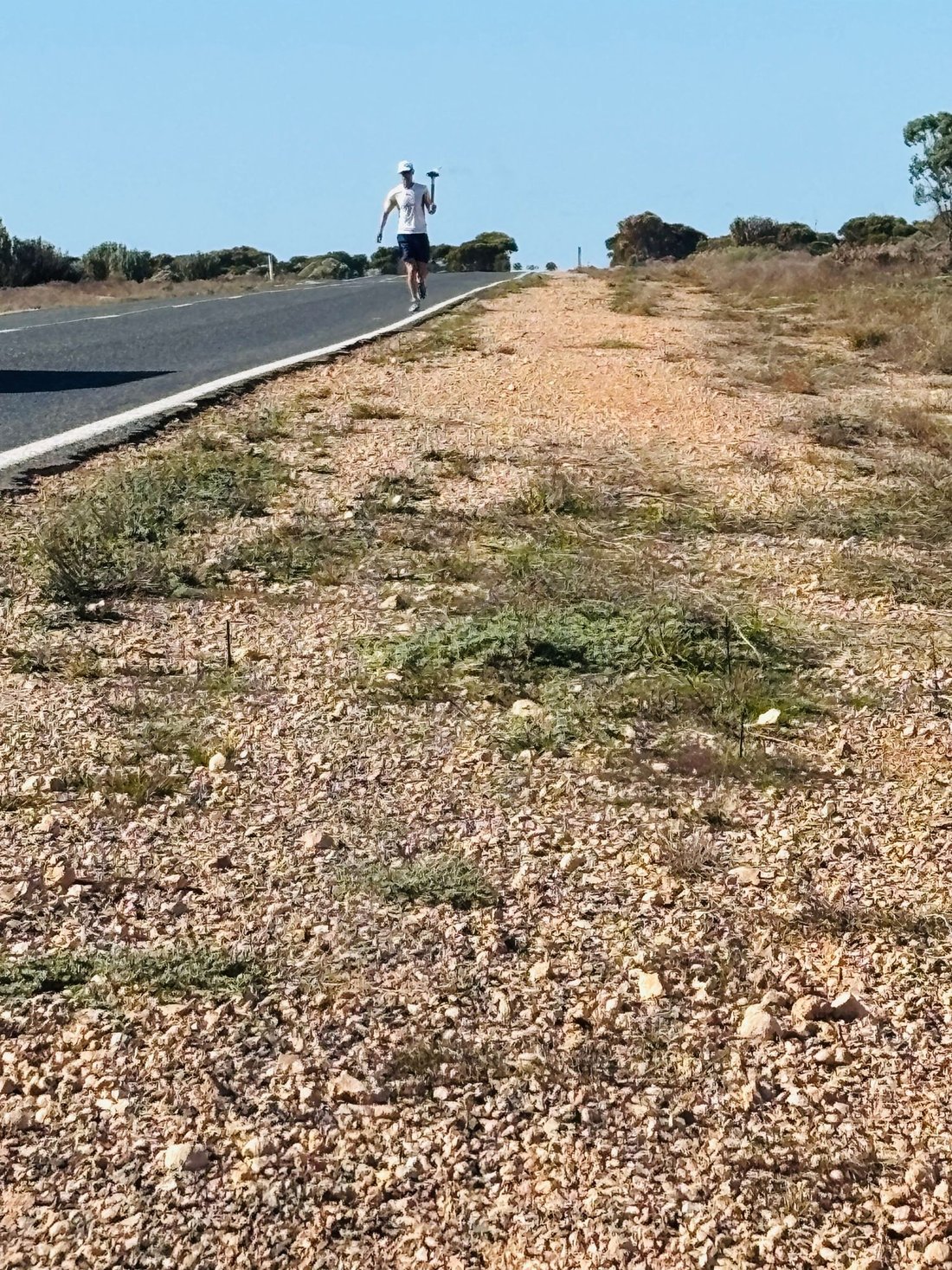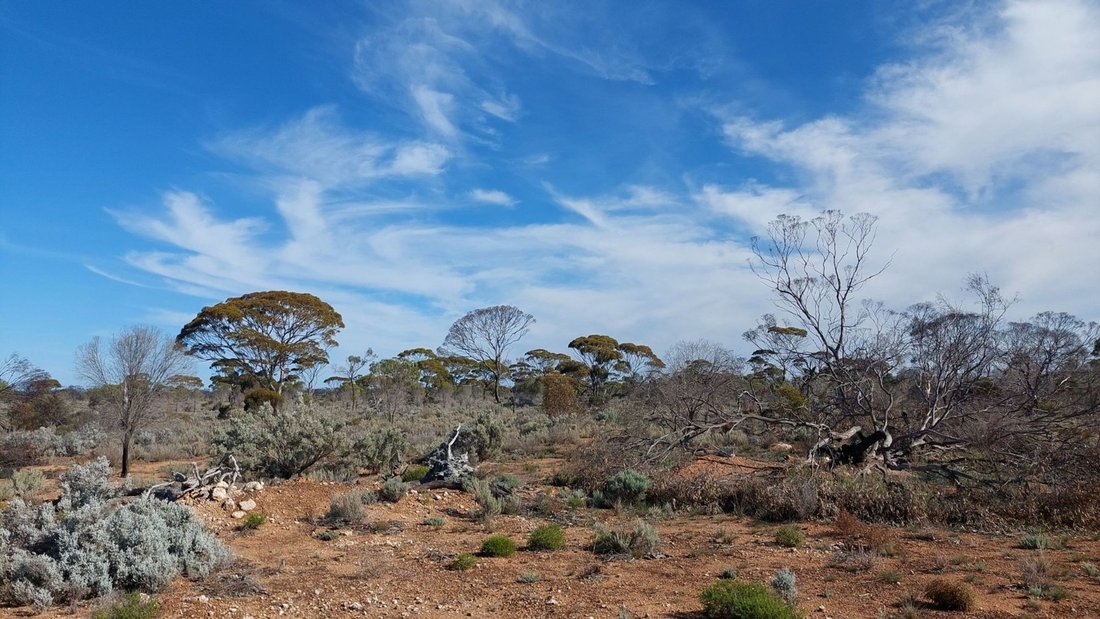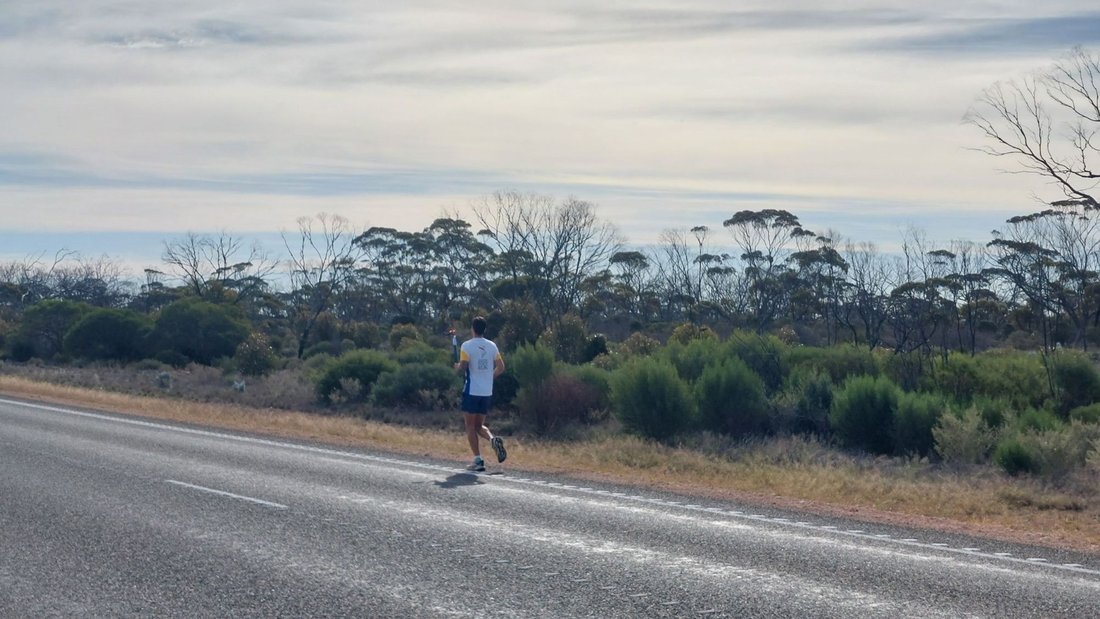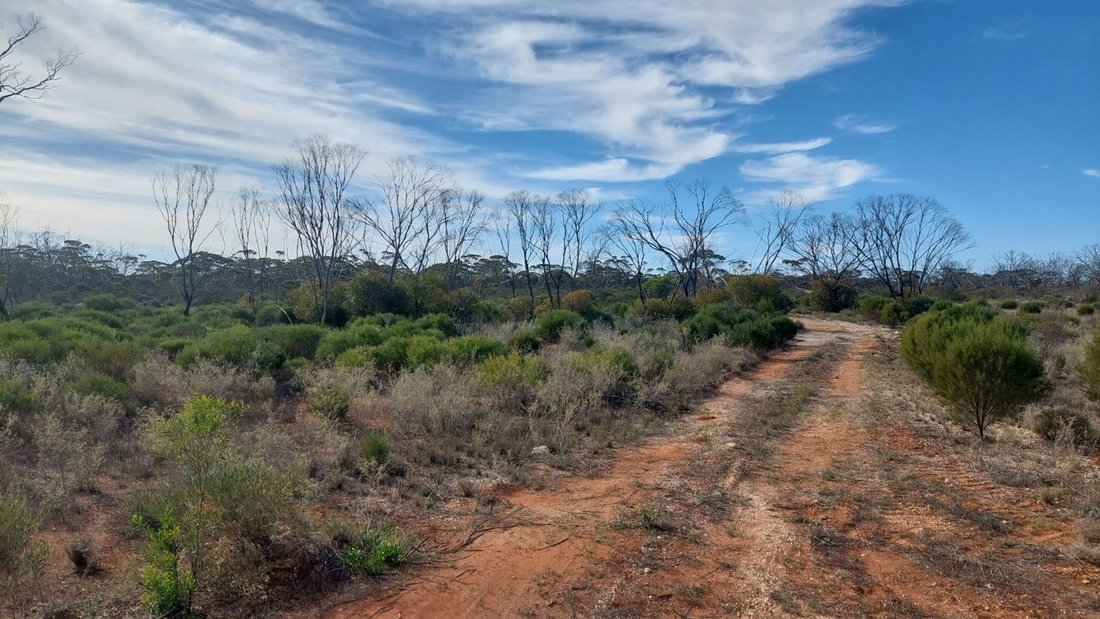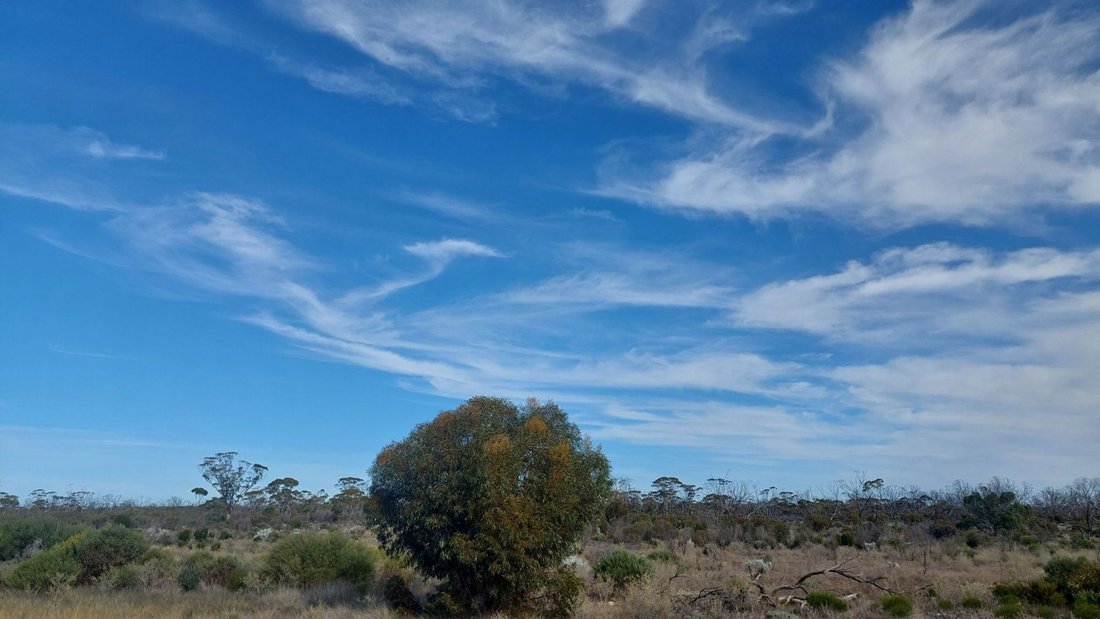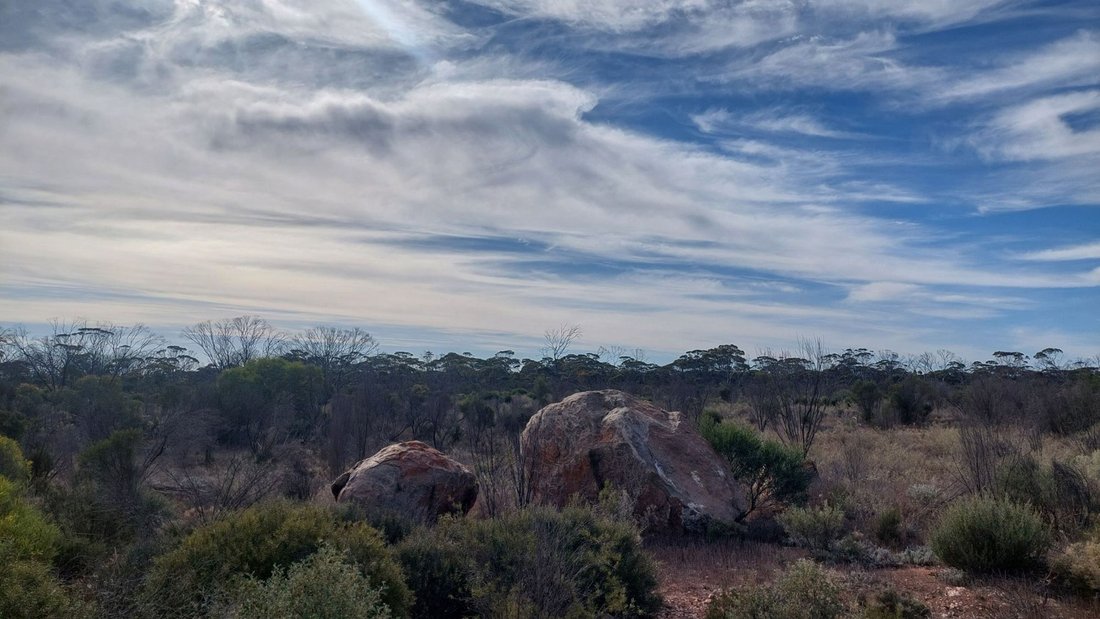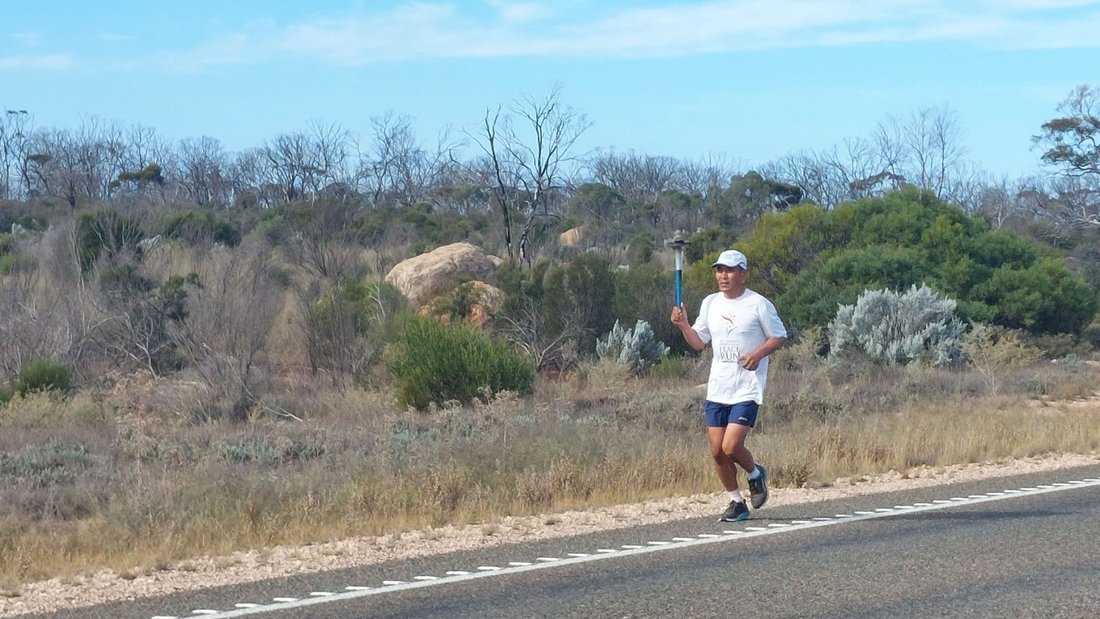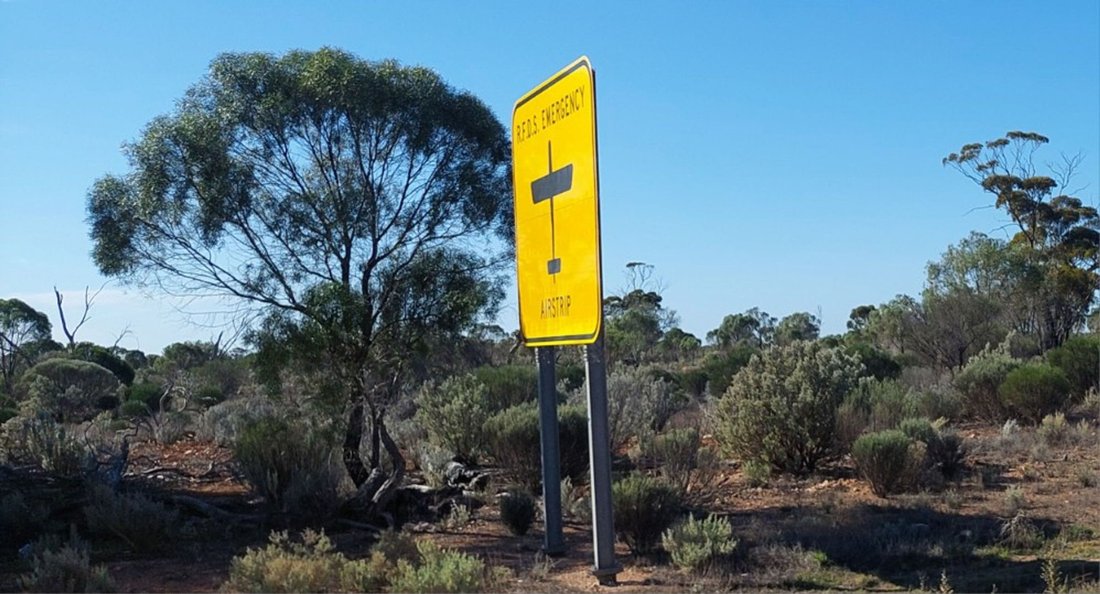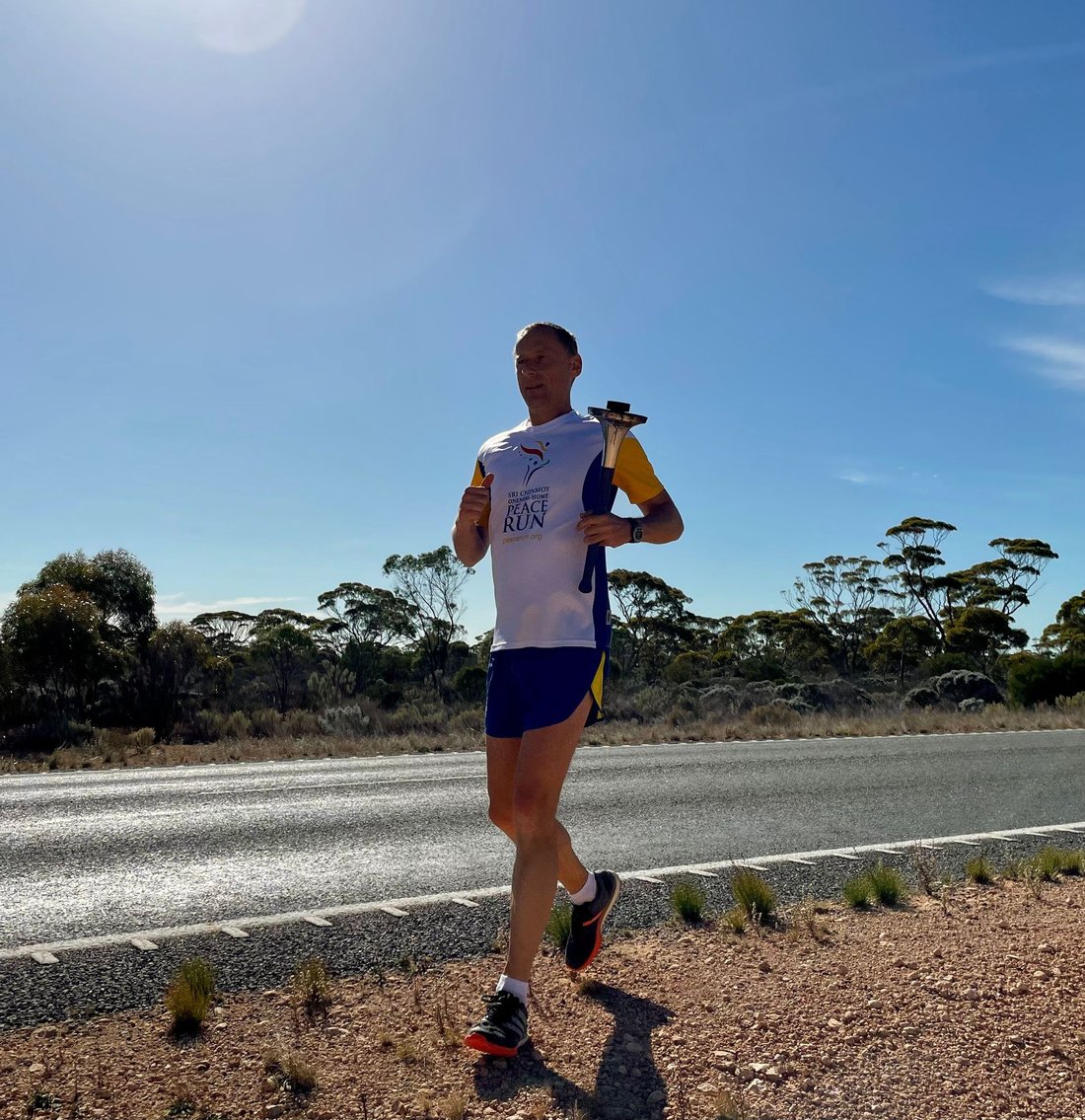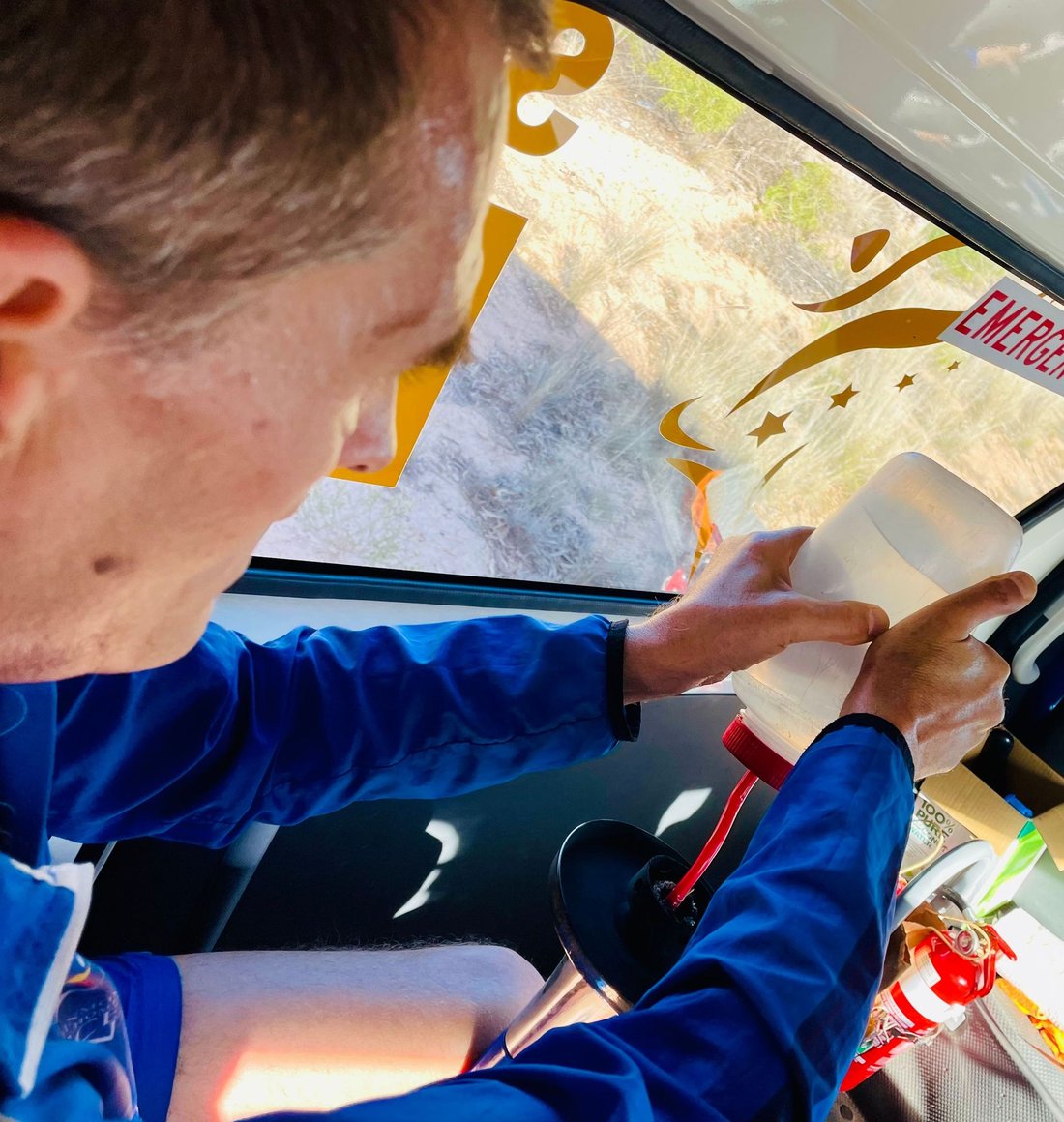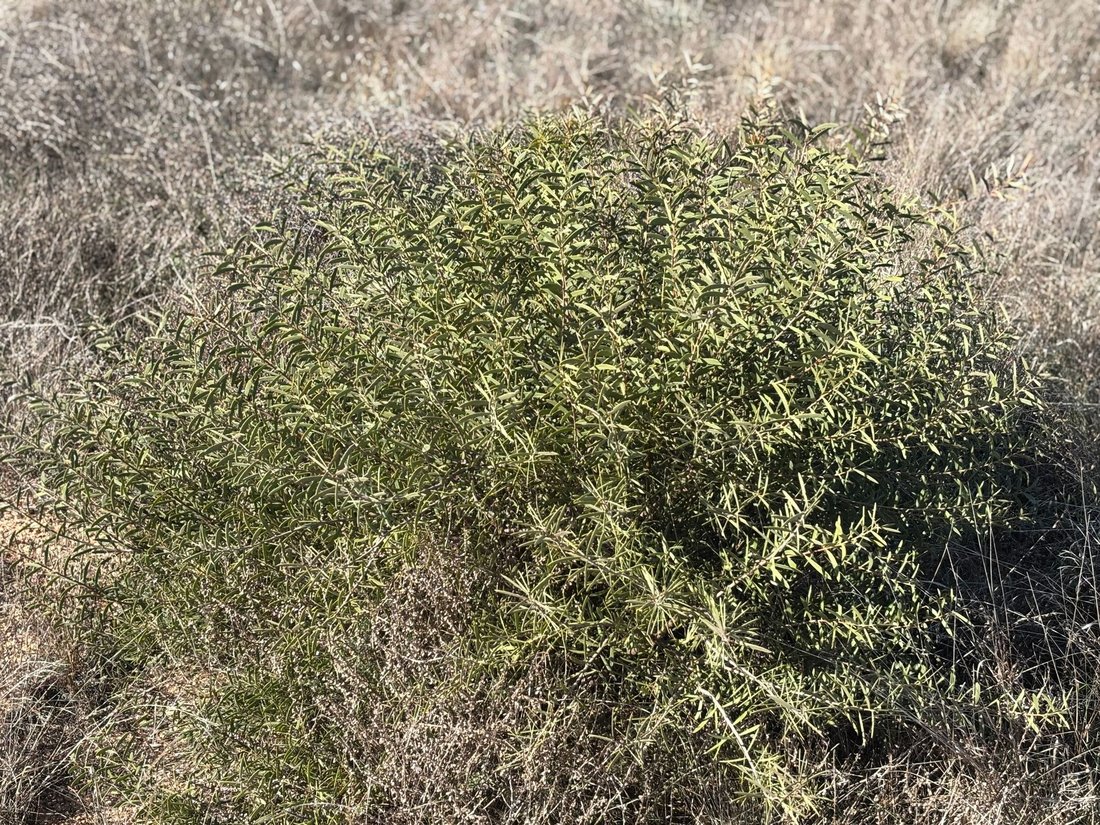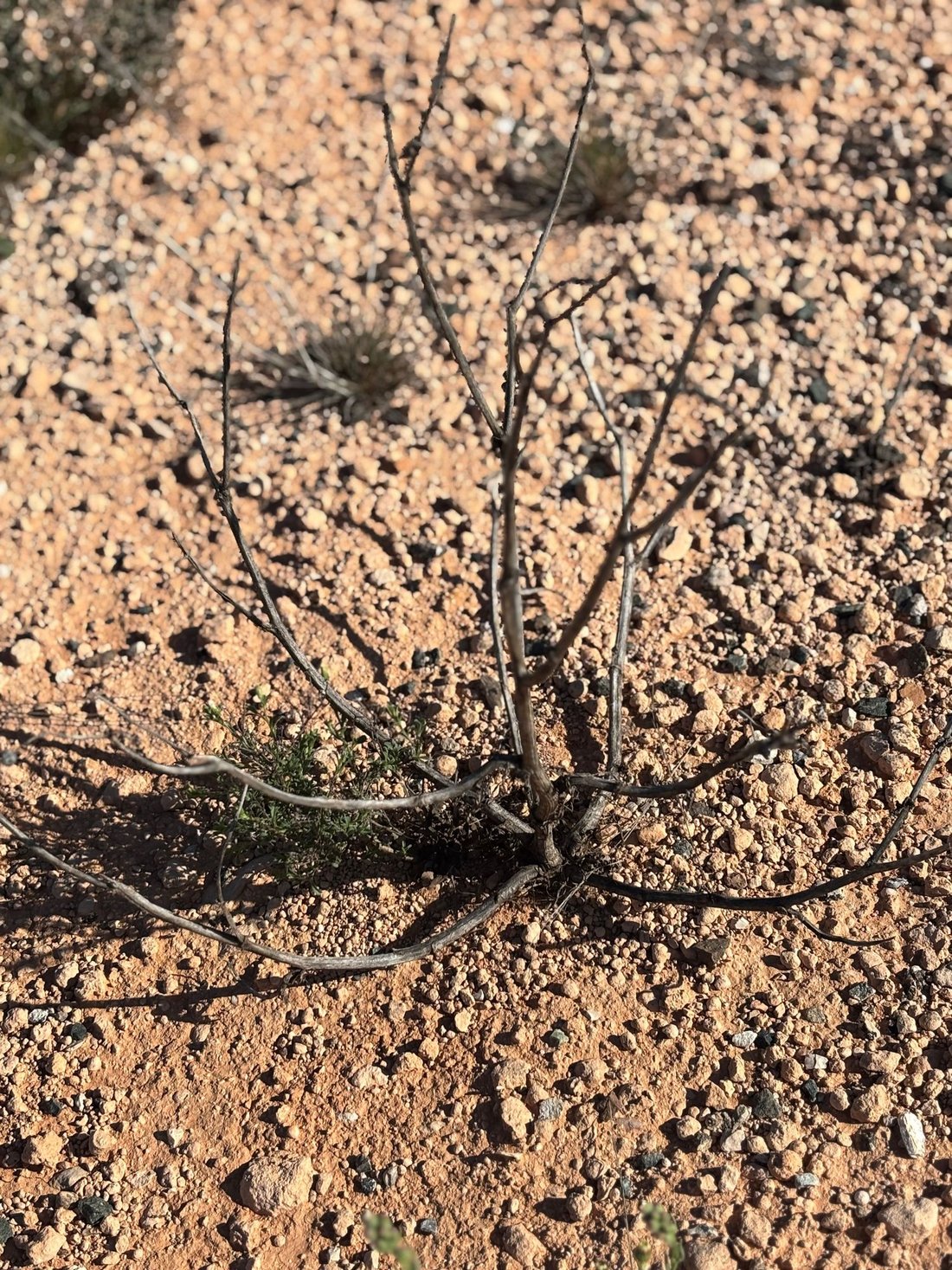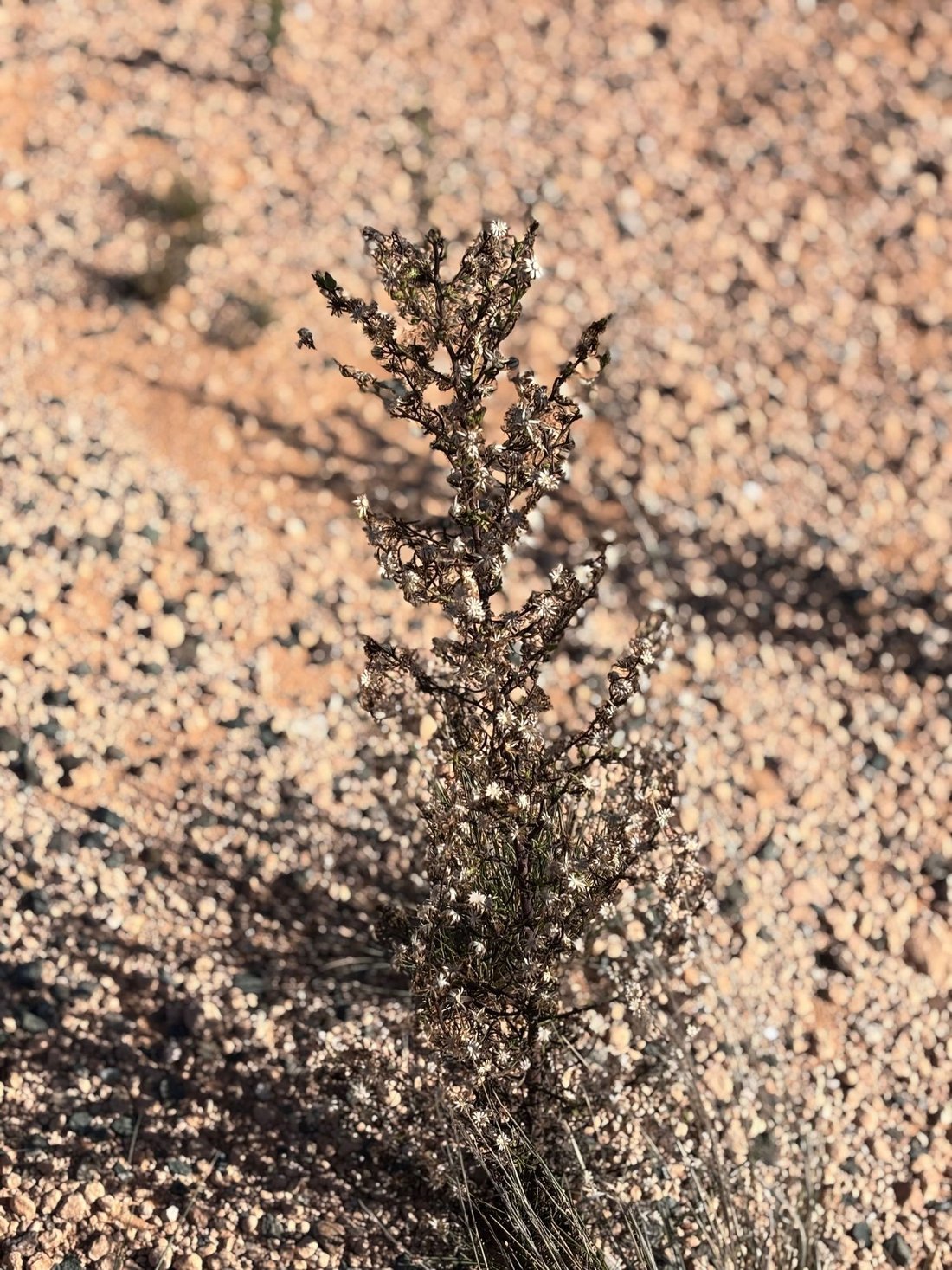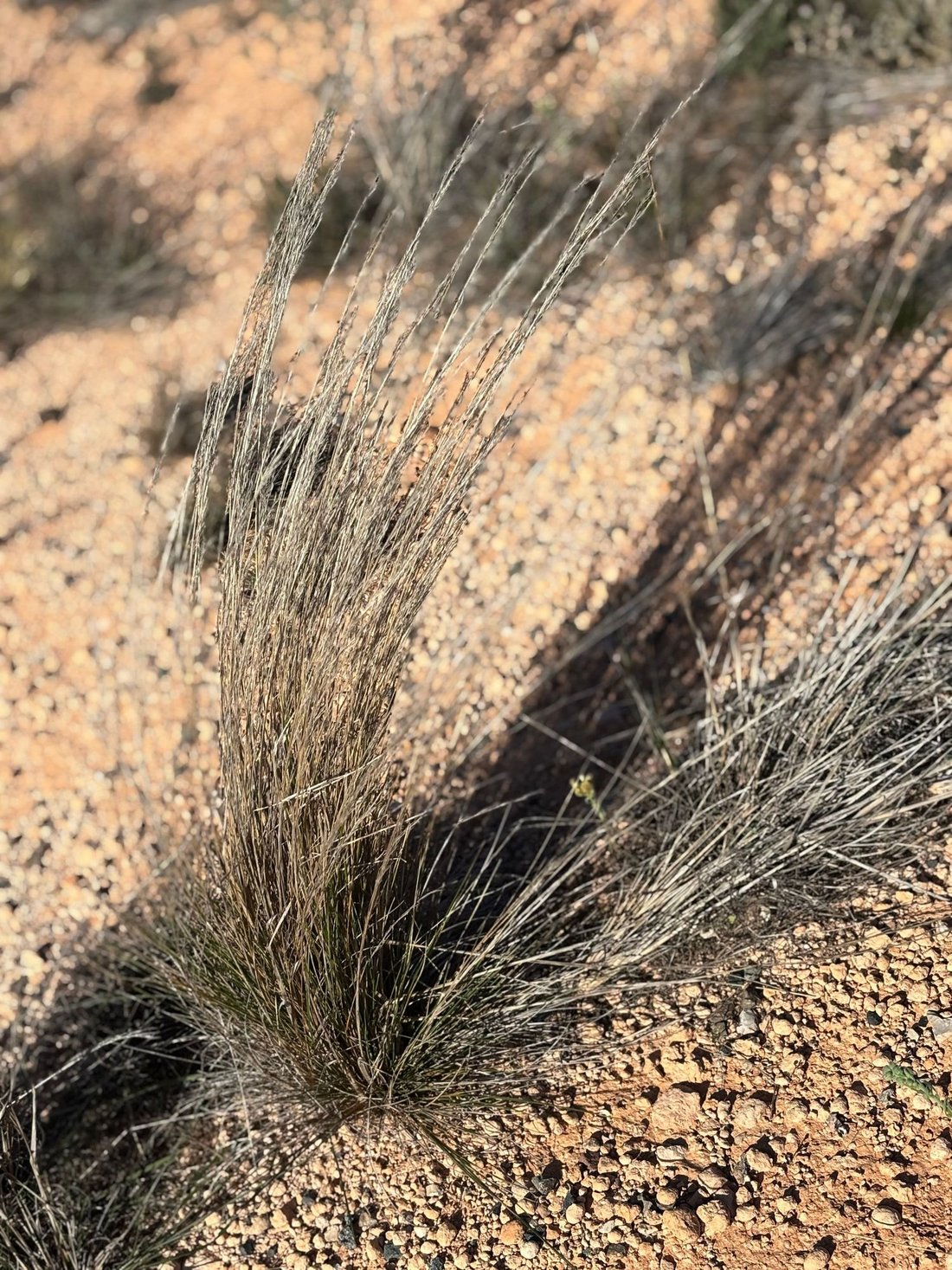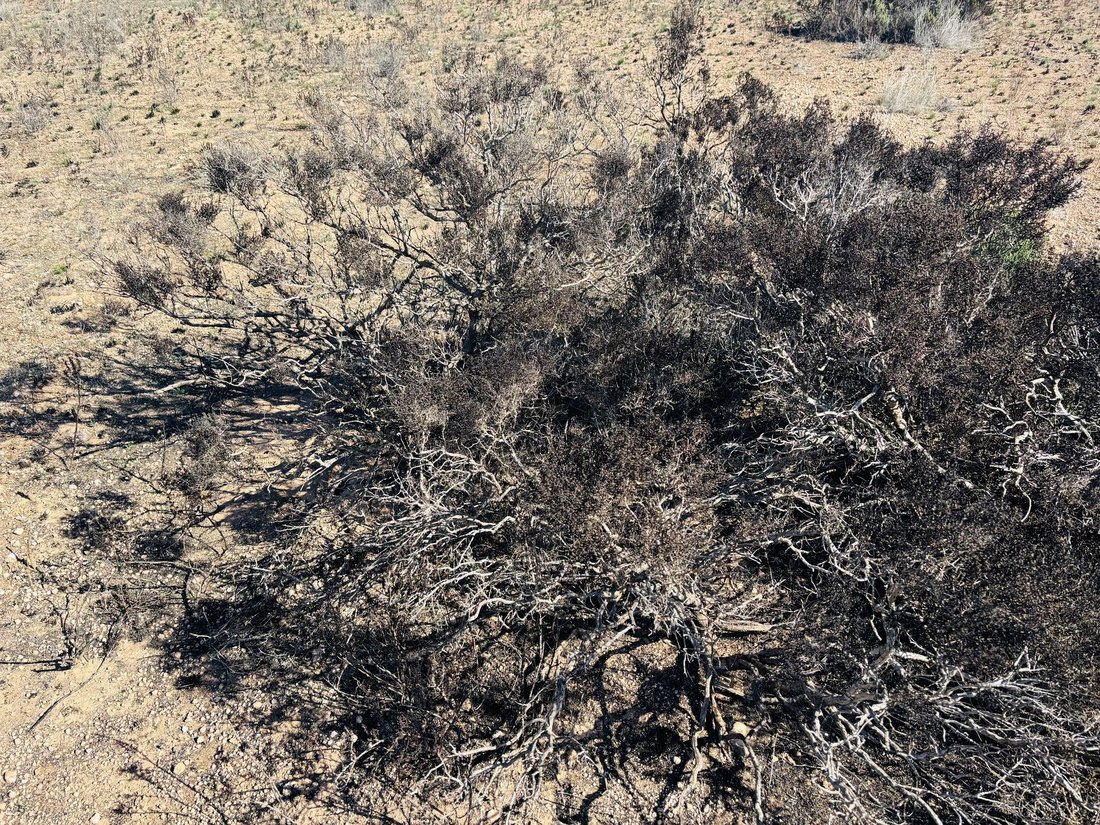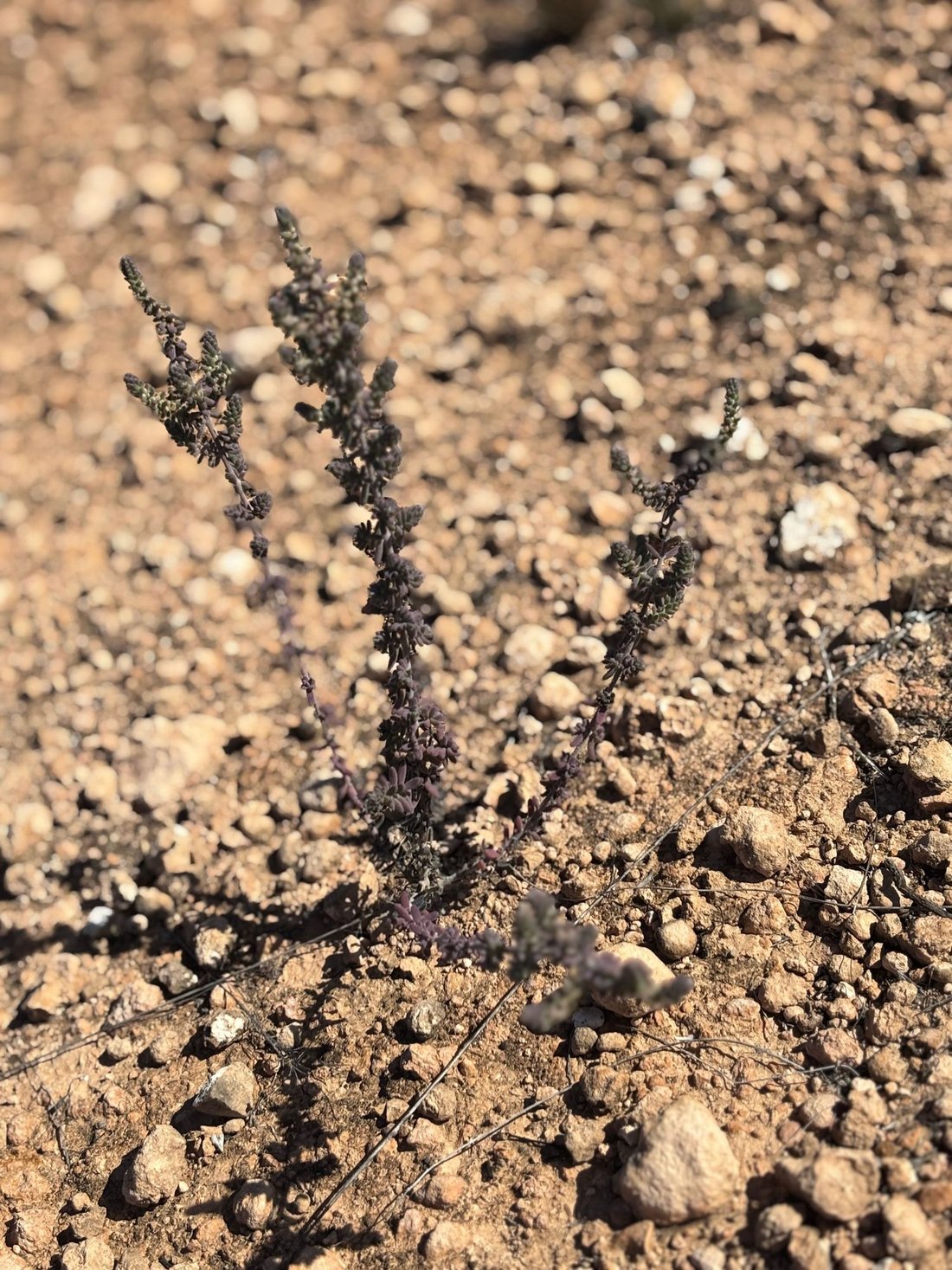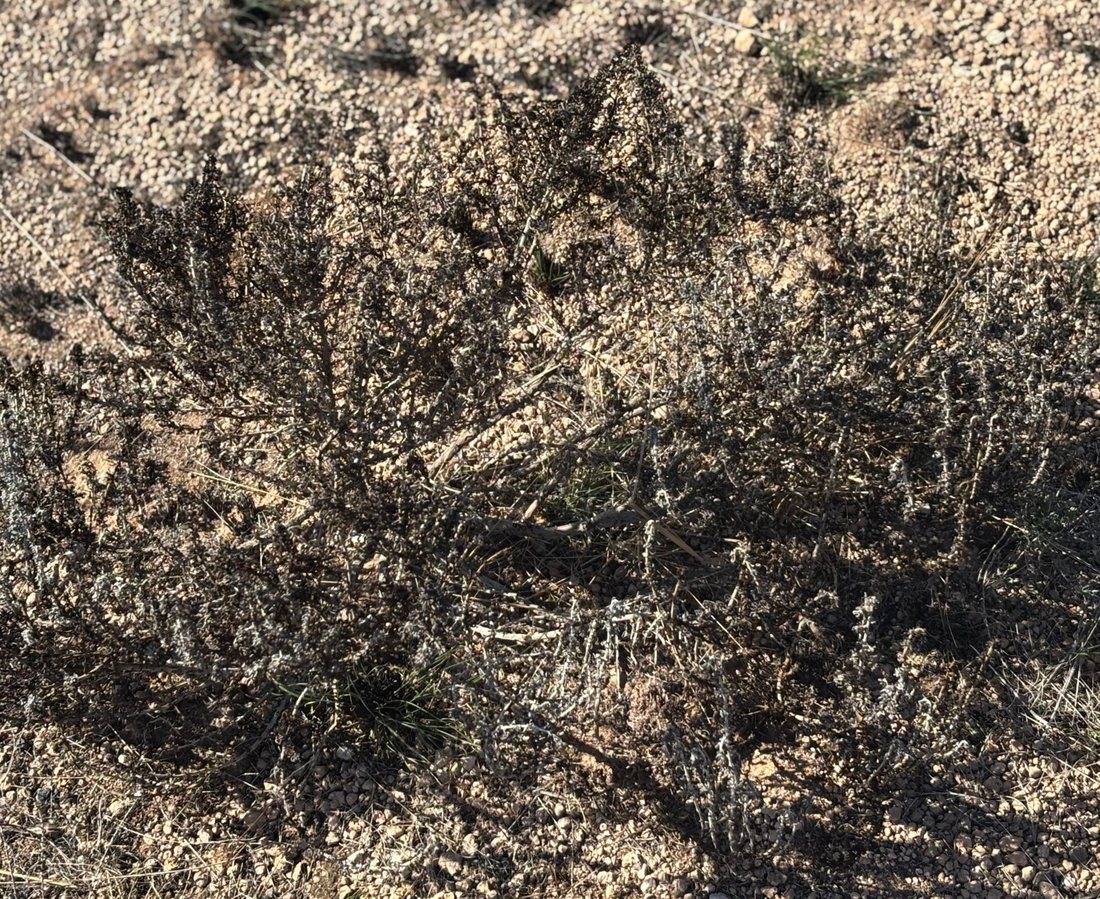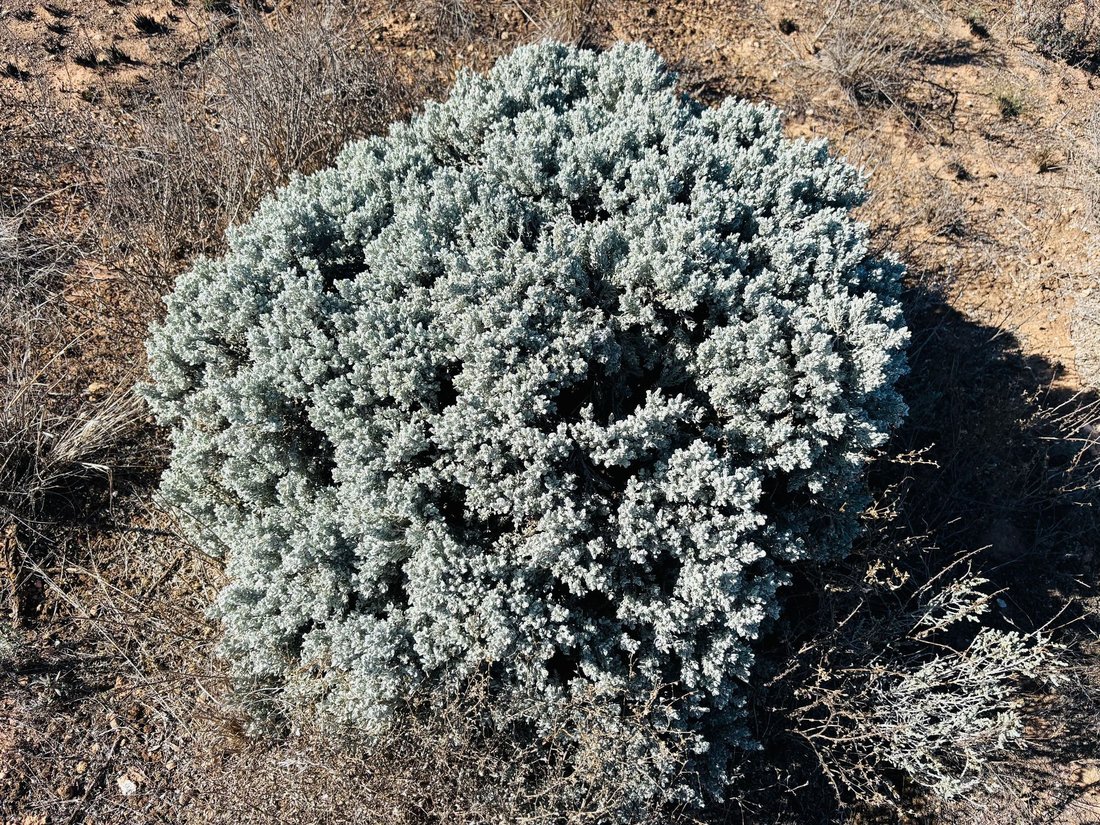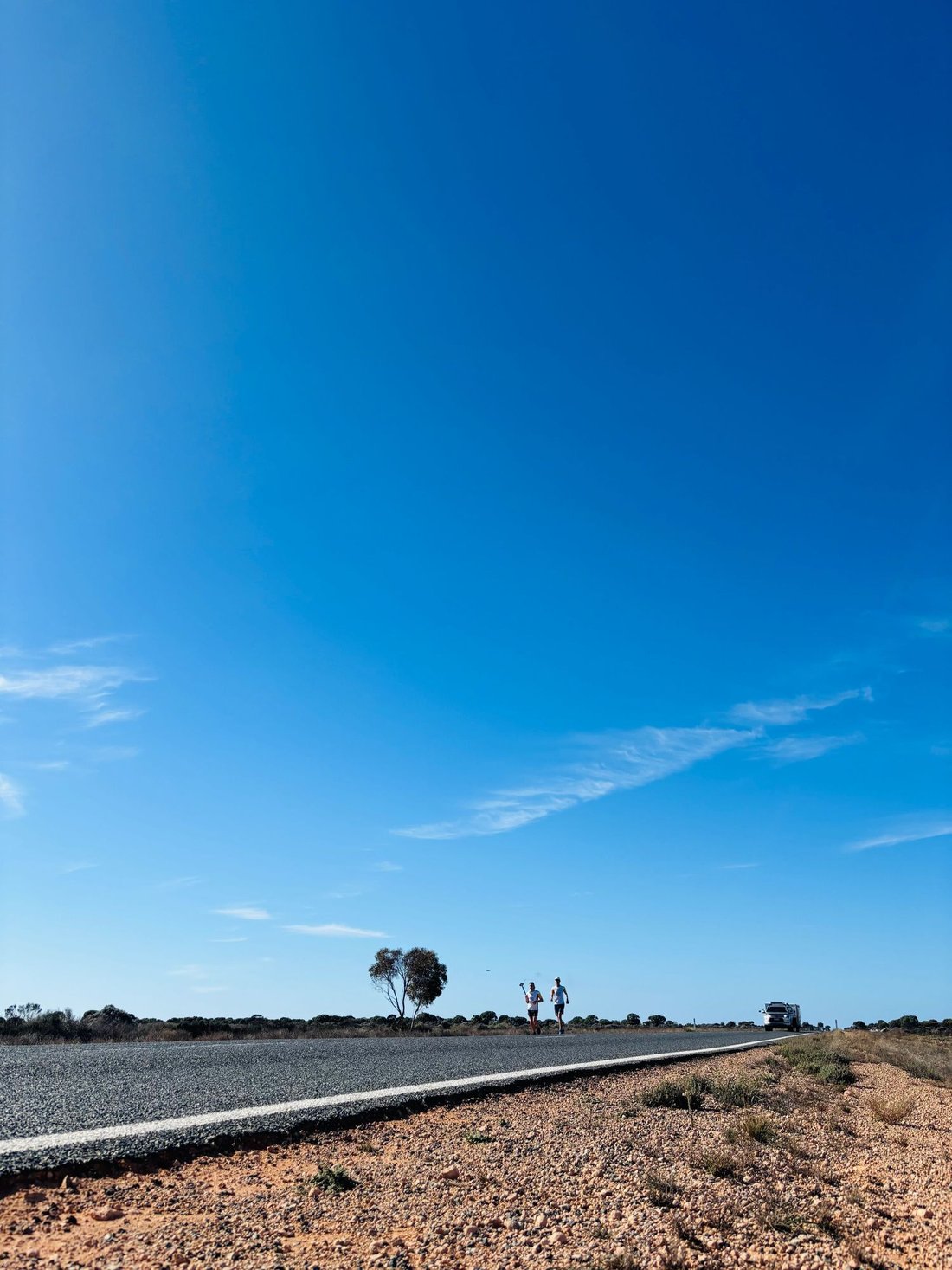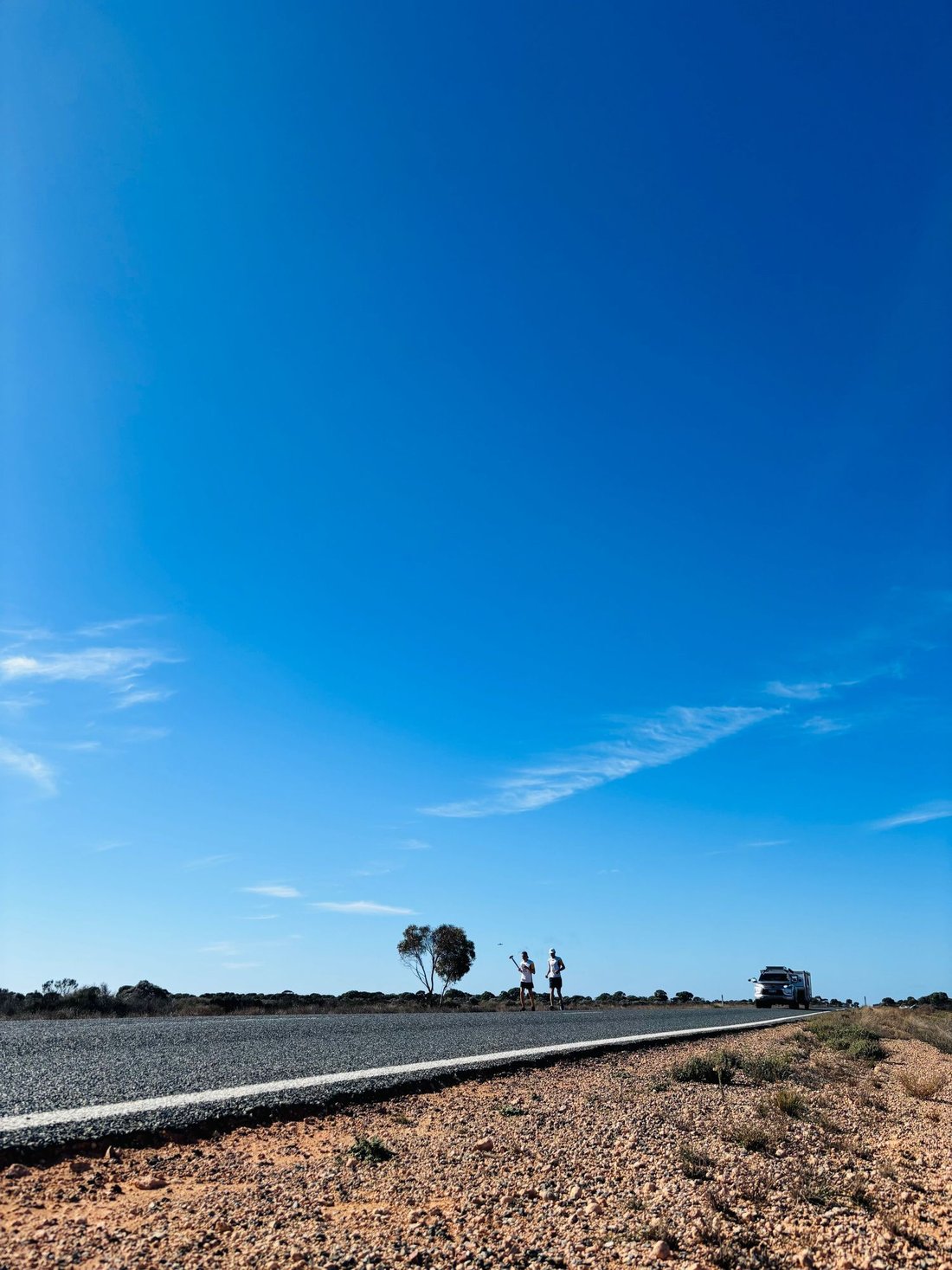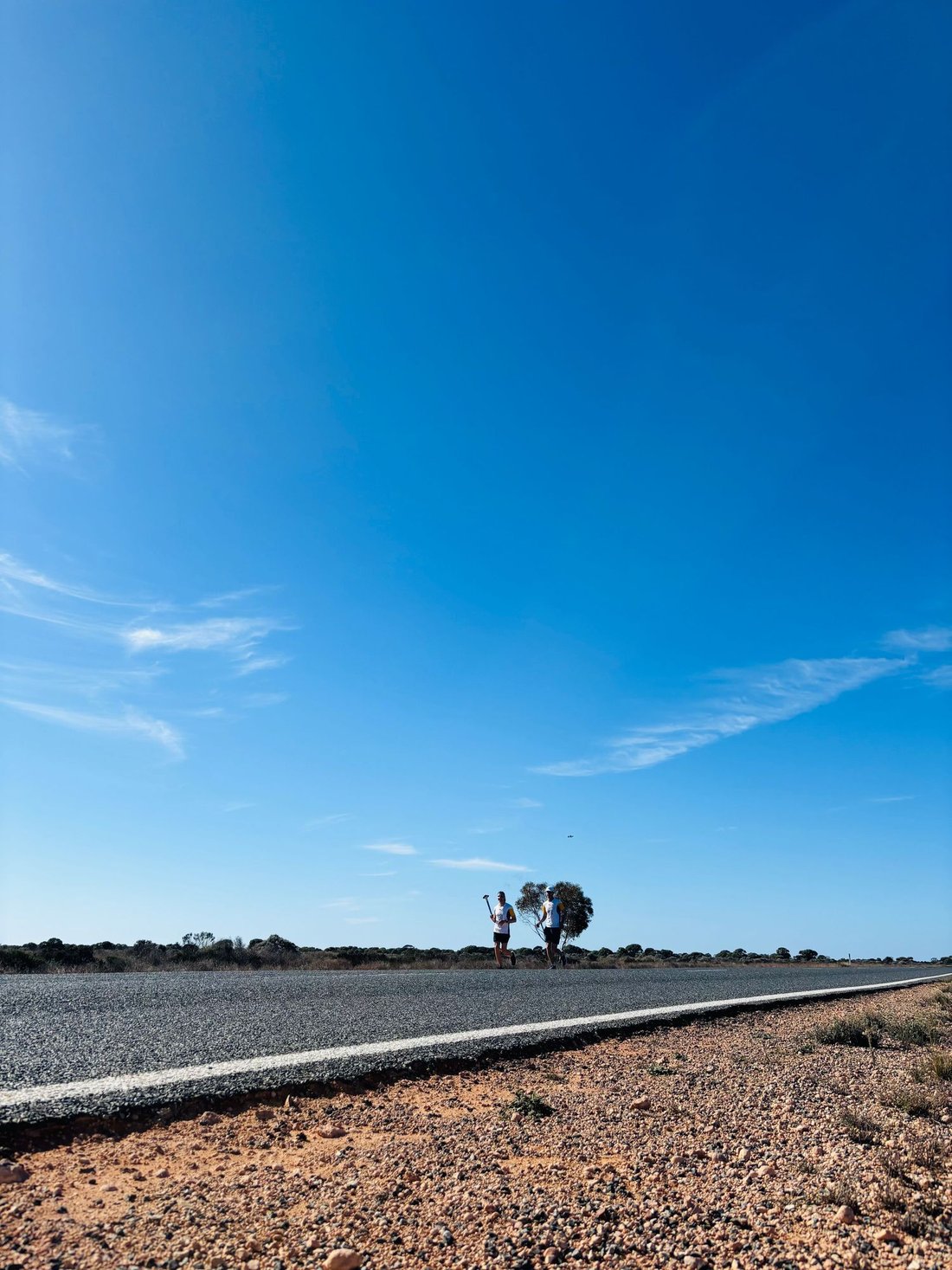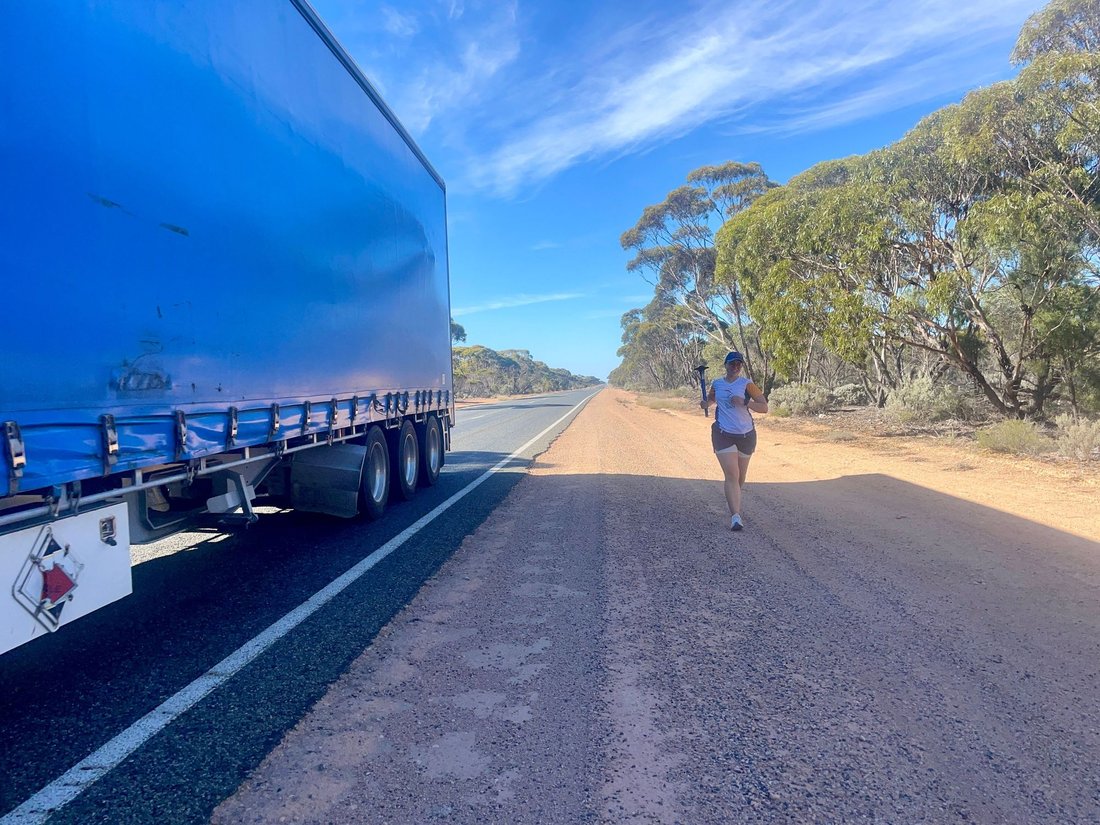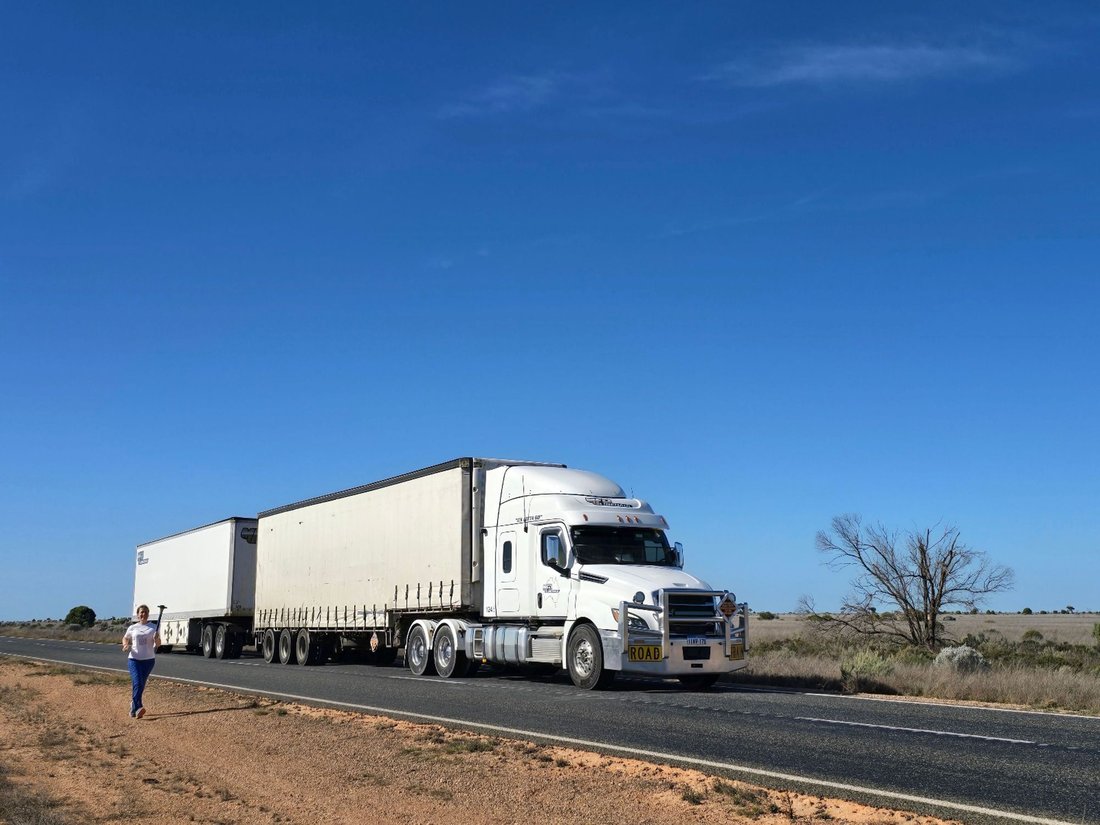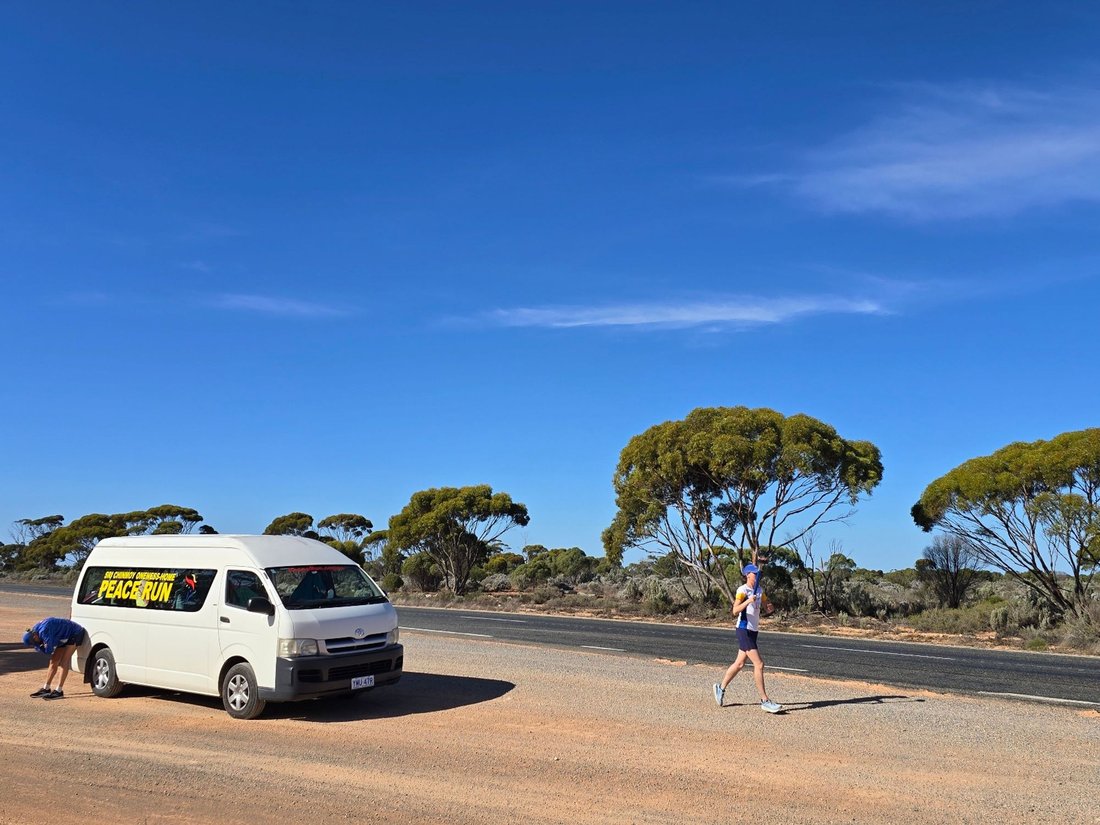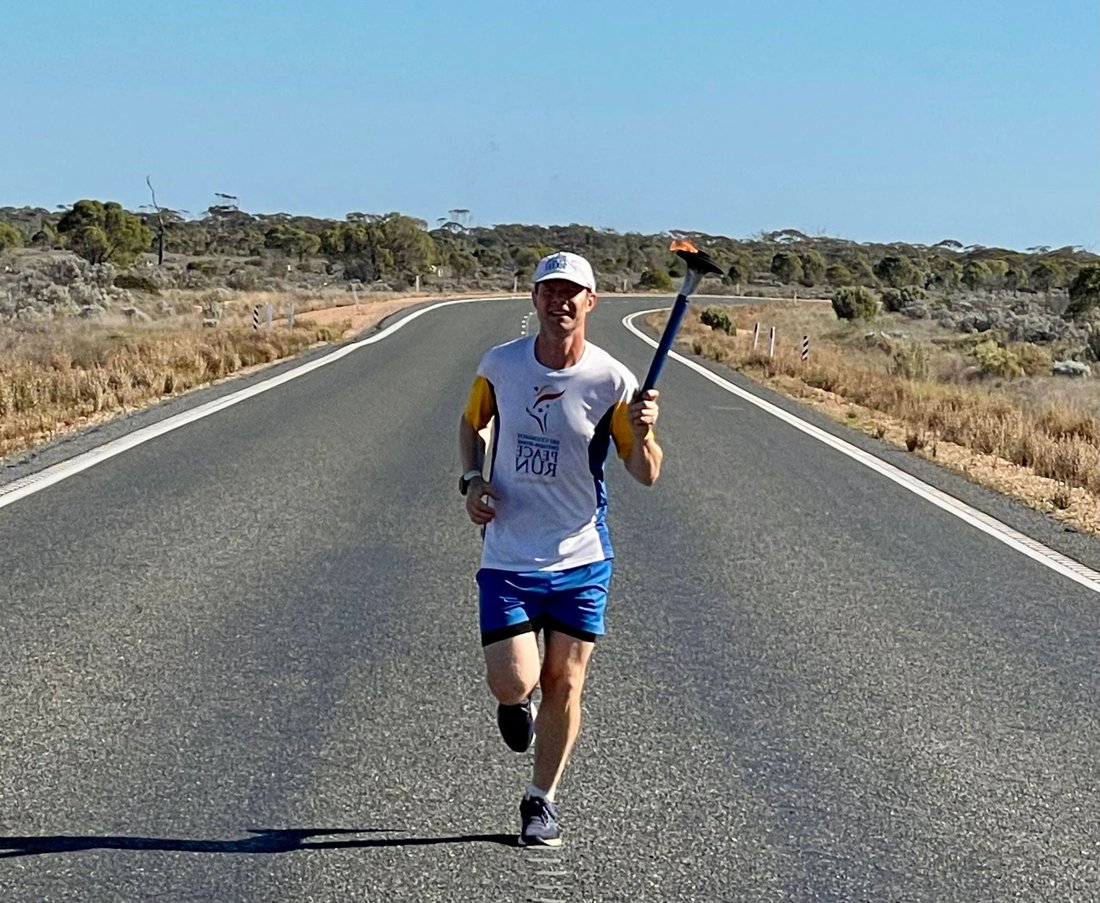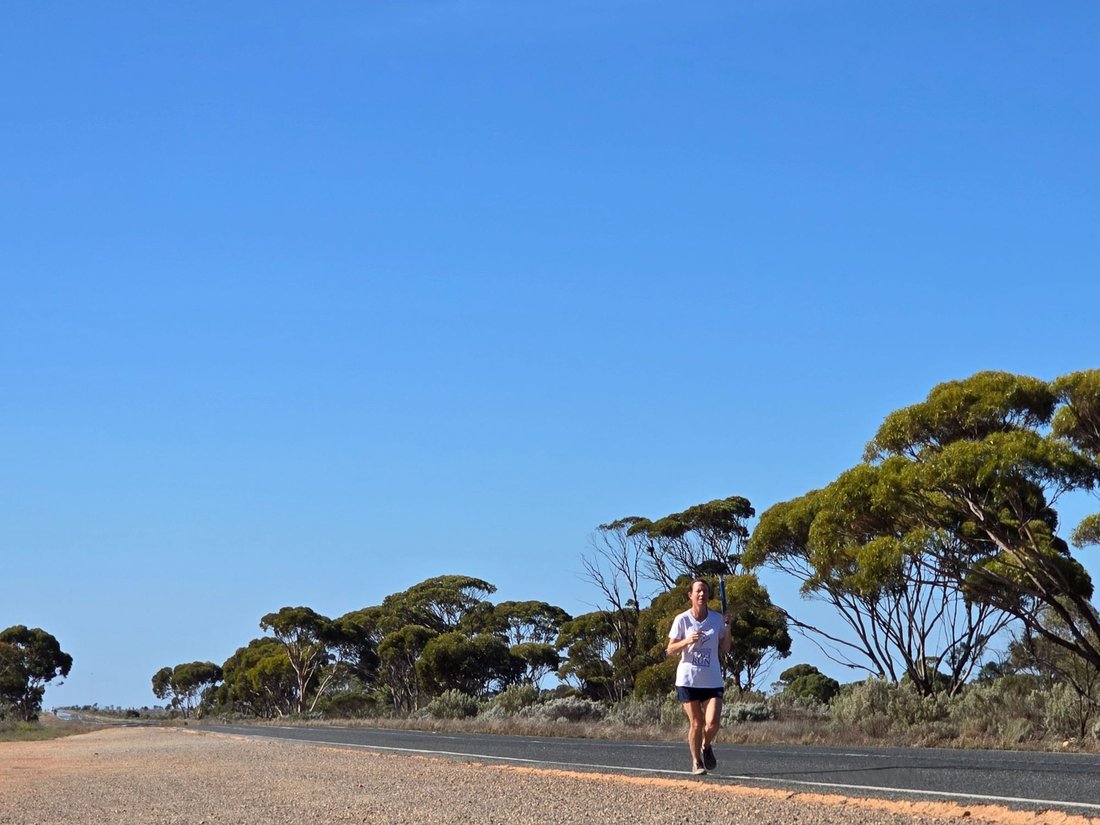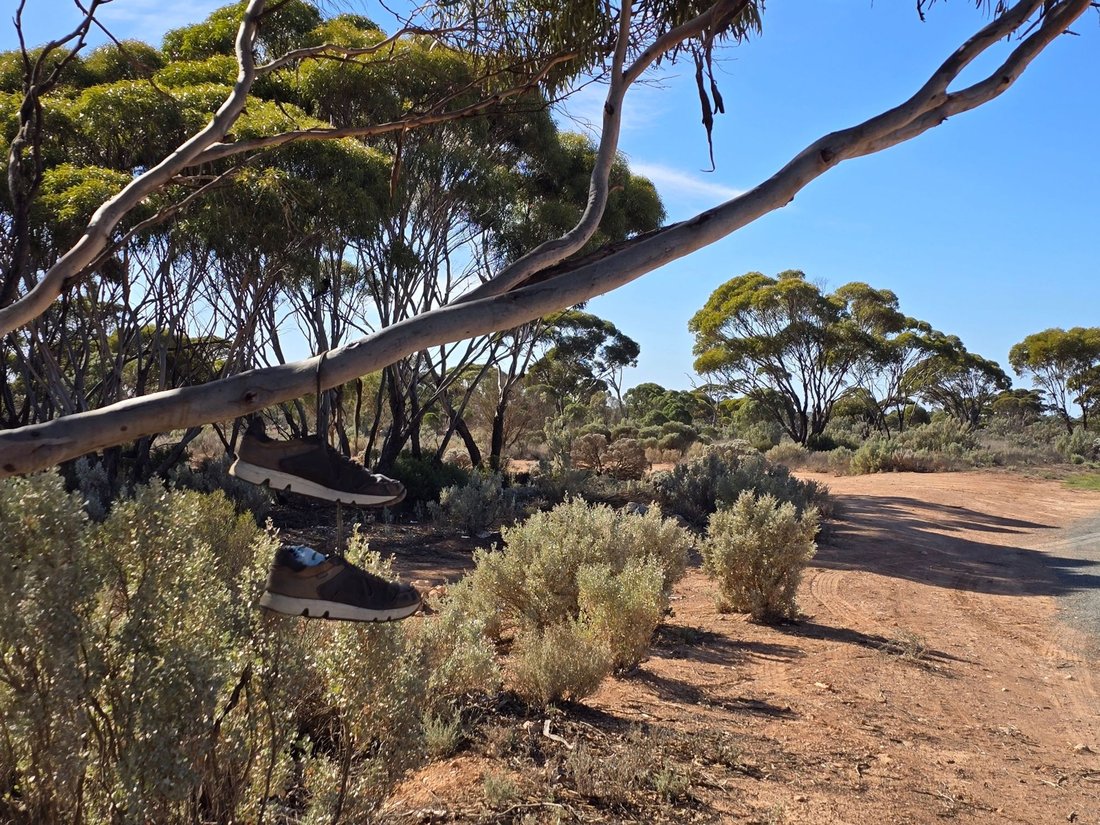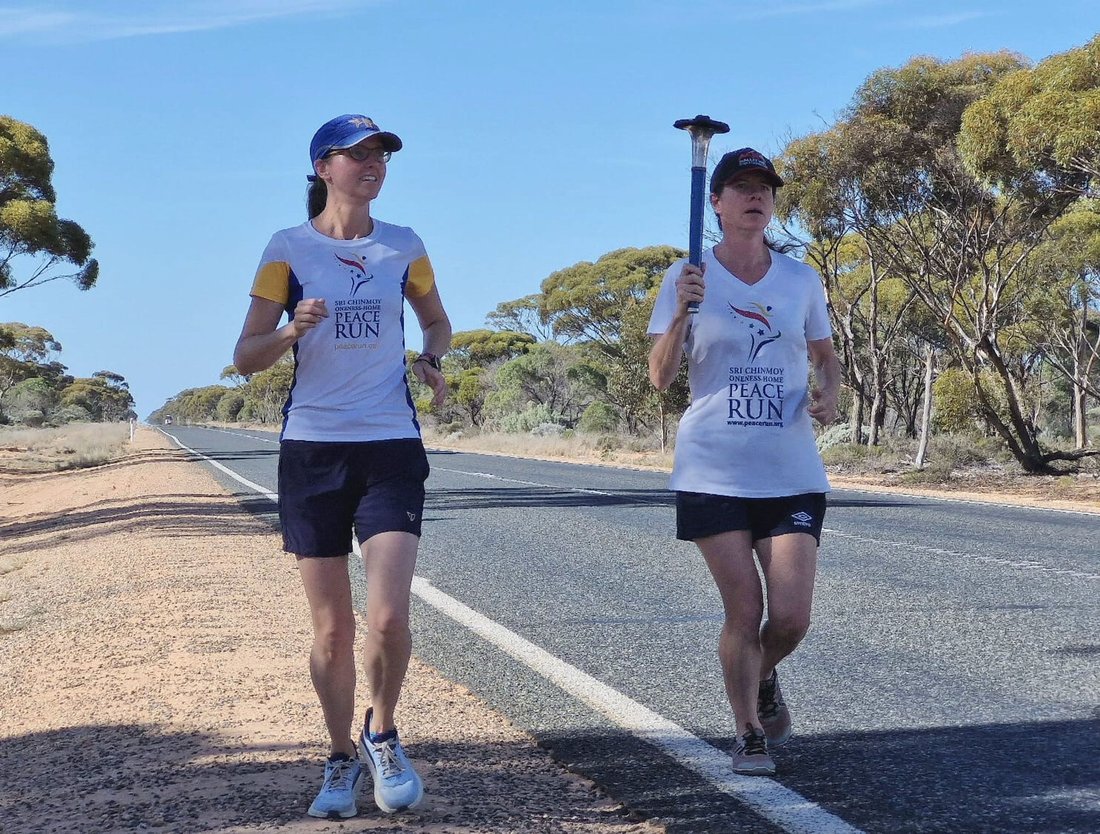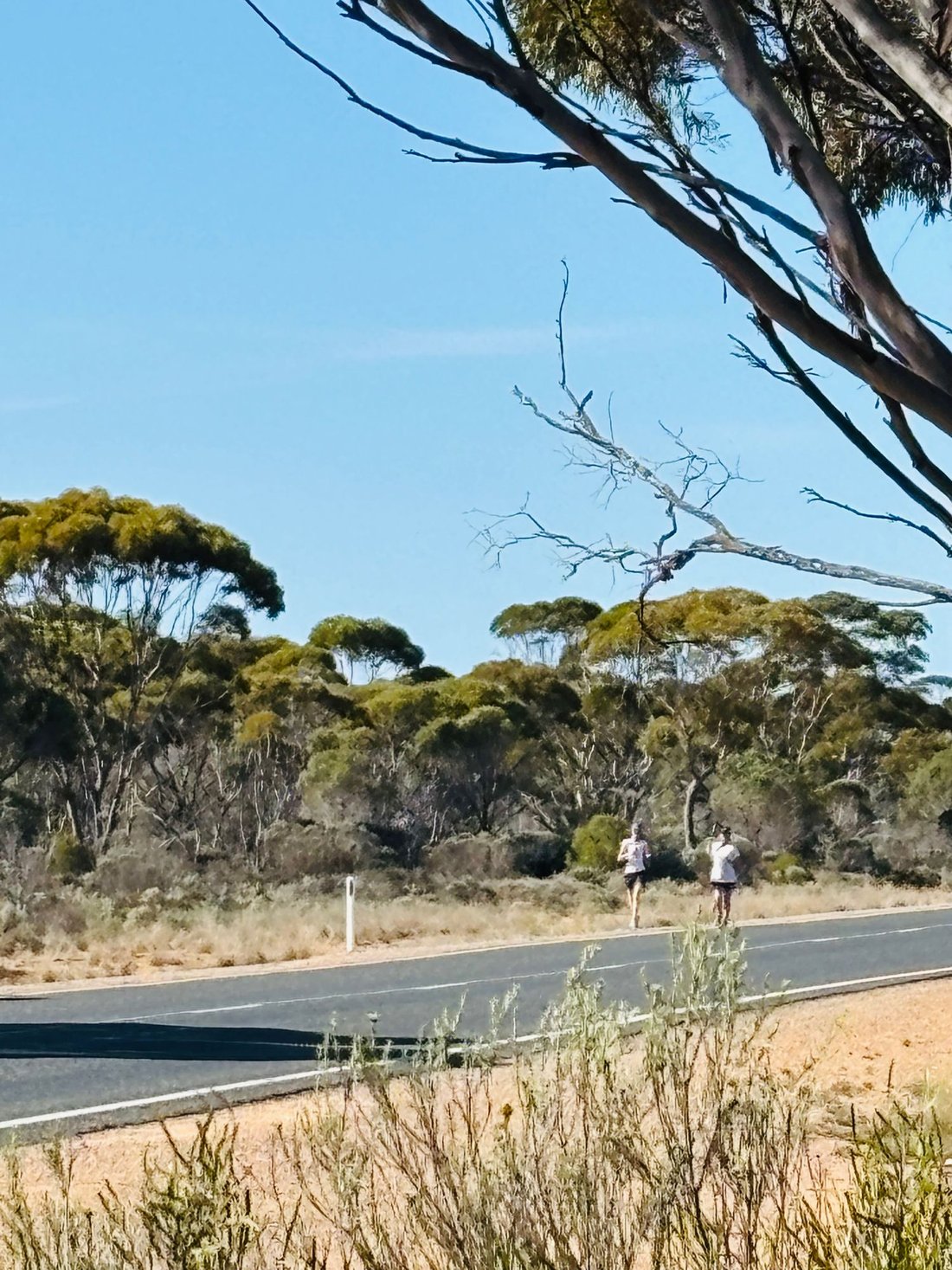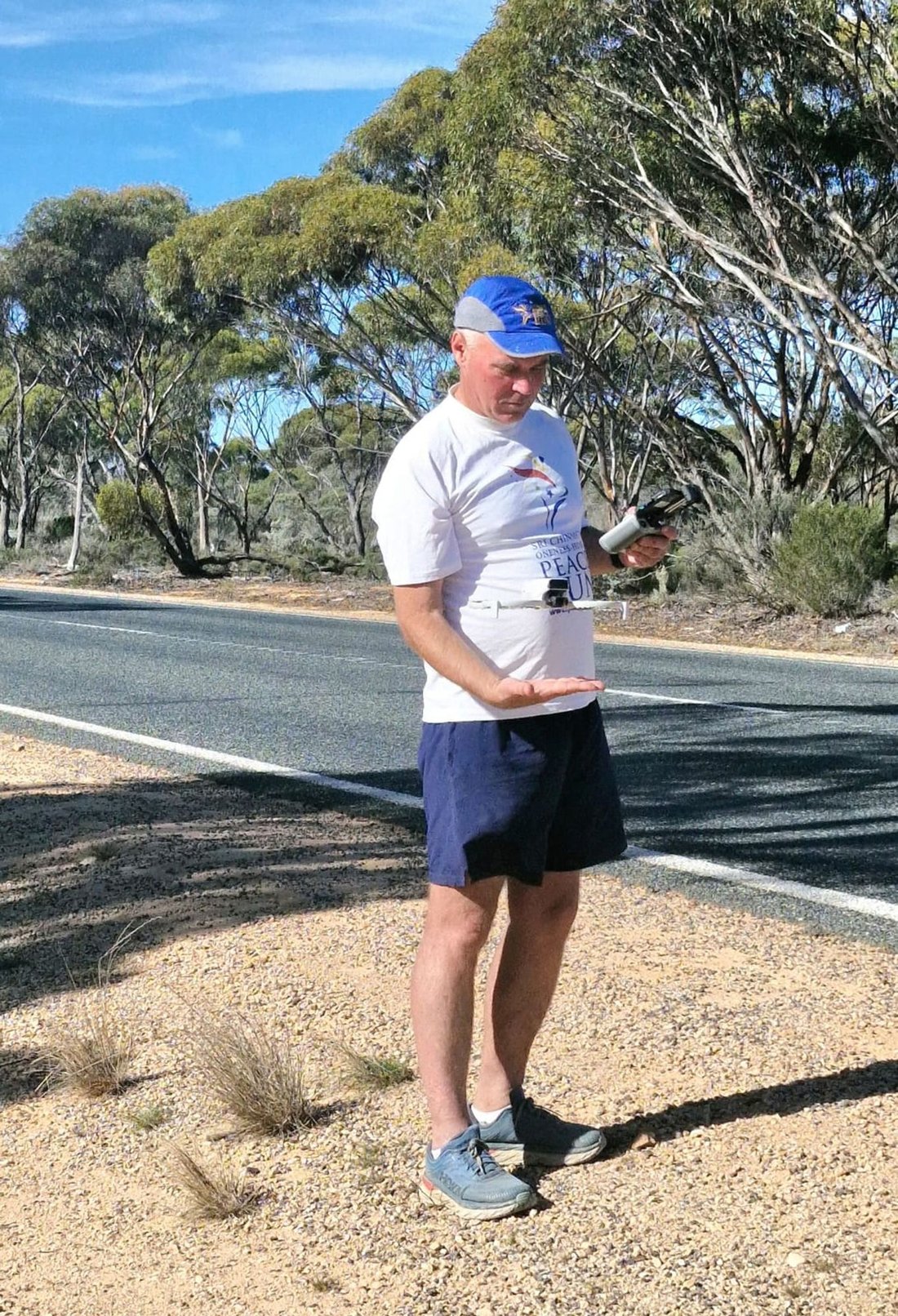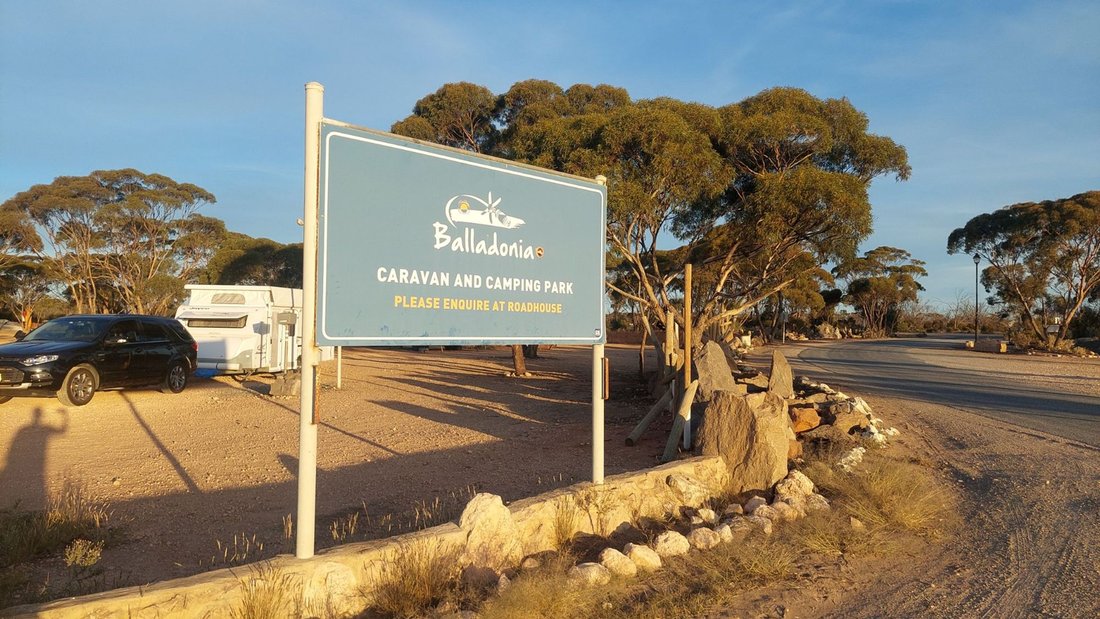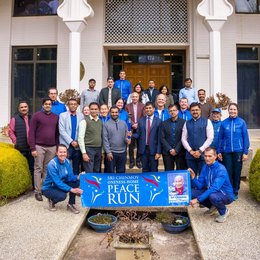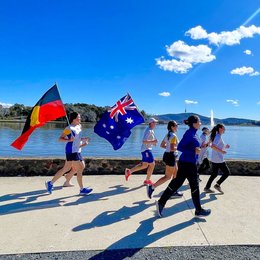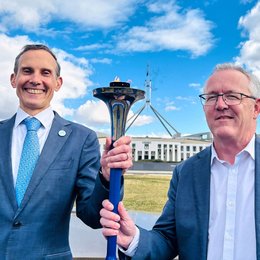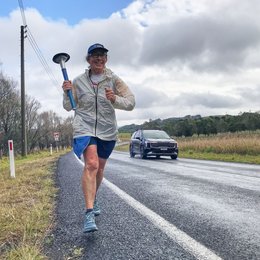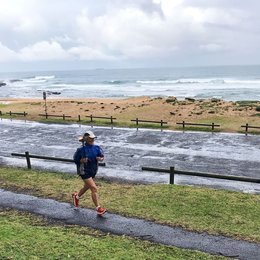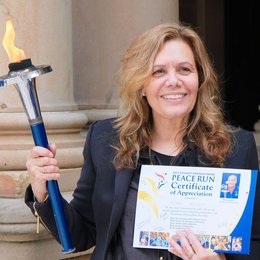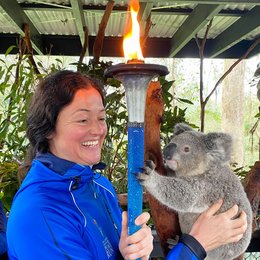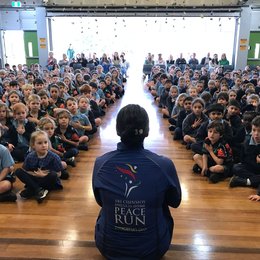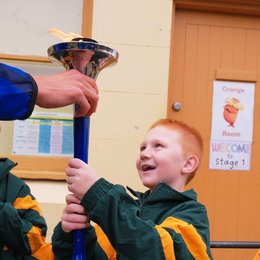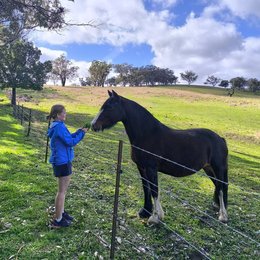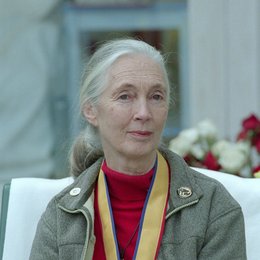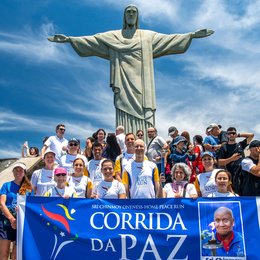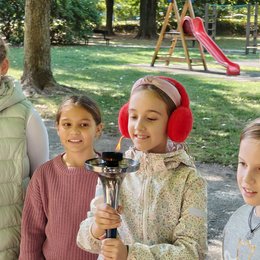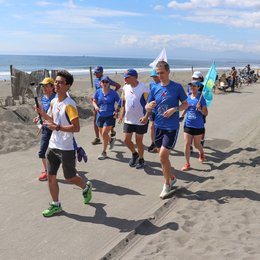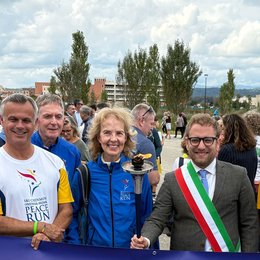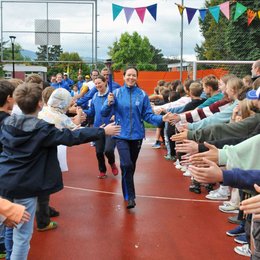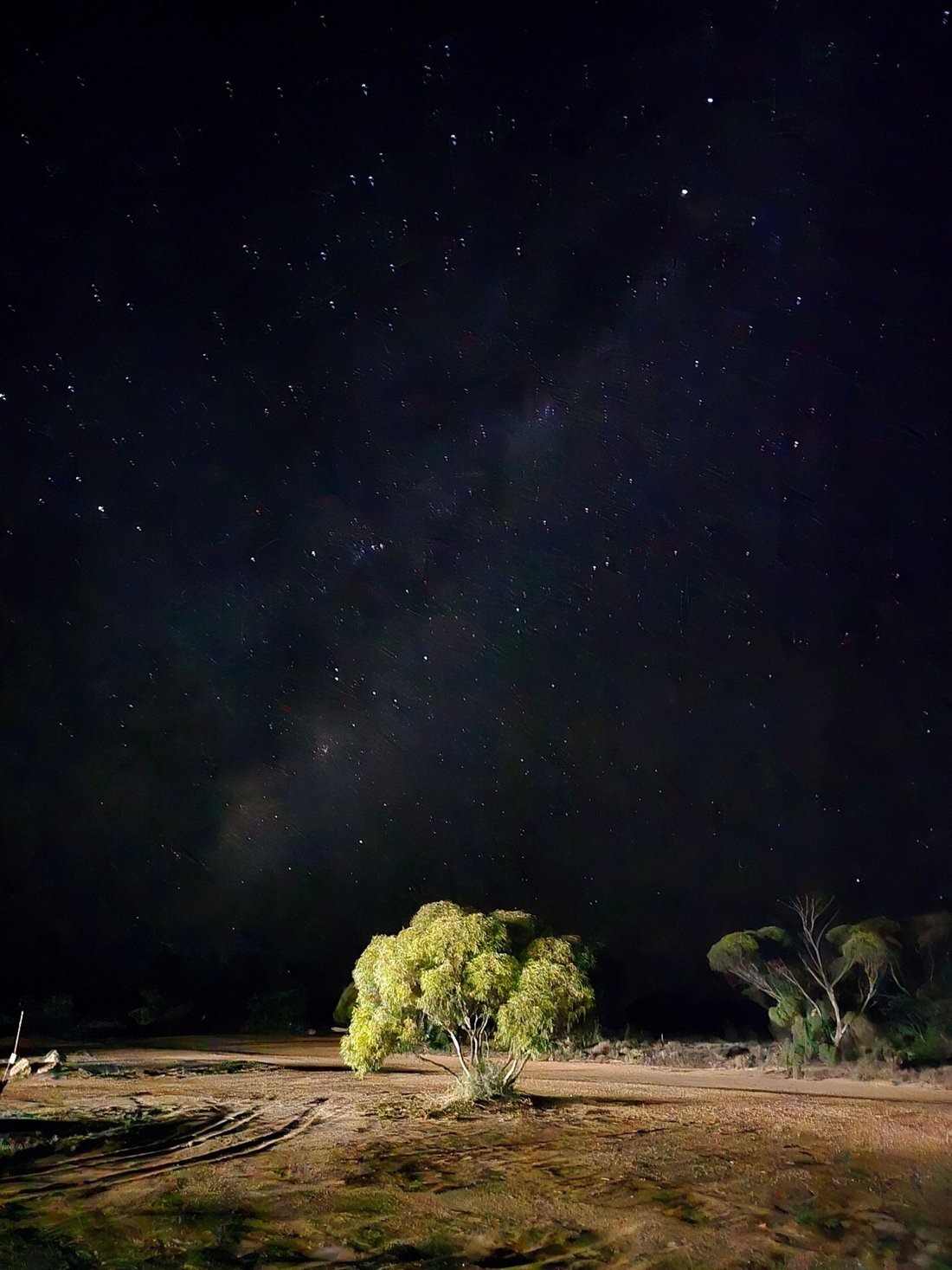
“Vaster than the sky,
Deeper than the sea,
Purer than the moon,
Man’s God-Oneness-Tree.”
— Sri Chinmoy
The Sky
Since entering the Nullarbor we have had nearly uninterrupted 360 degree horizons and thus the vastest skies one can imagine. Day and night.
The Sea
Along the southern coast of the Nullarbor the sea floor drops off 6000 metres! This area is called the Abysmal Plain. More than 277 species new to mankind have been found here.
The Moon (and the stars)
The night and early morning skies have been stupendous due to the lack of light pollution. The moon smiles at you and the stars are brighter than the brightest.
Man’s Oneness-Tree
Coming together from 12 different countries, the team has exemplified cheerful and soulful oneness...
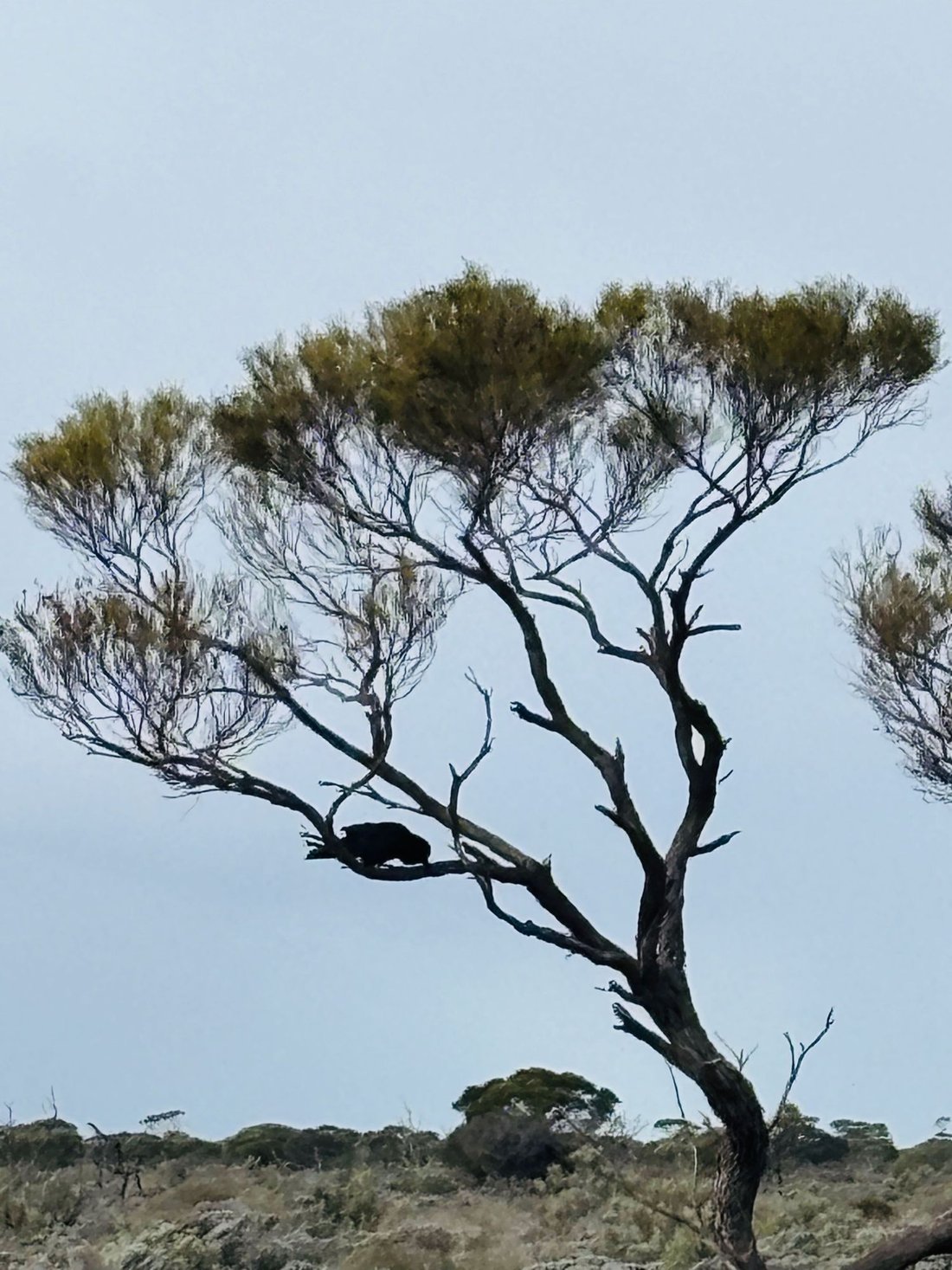
Atulya and Denis were quite amused by our Australian crows this morning. They were filming them with their phones.
“Don't you have crows where you come from, Denis?” I asked.
“Yes”, he replied. “But our crows go CAW CAW! These ones go ARRRRRK! ARRRRRK!”
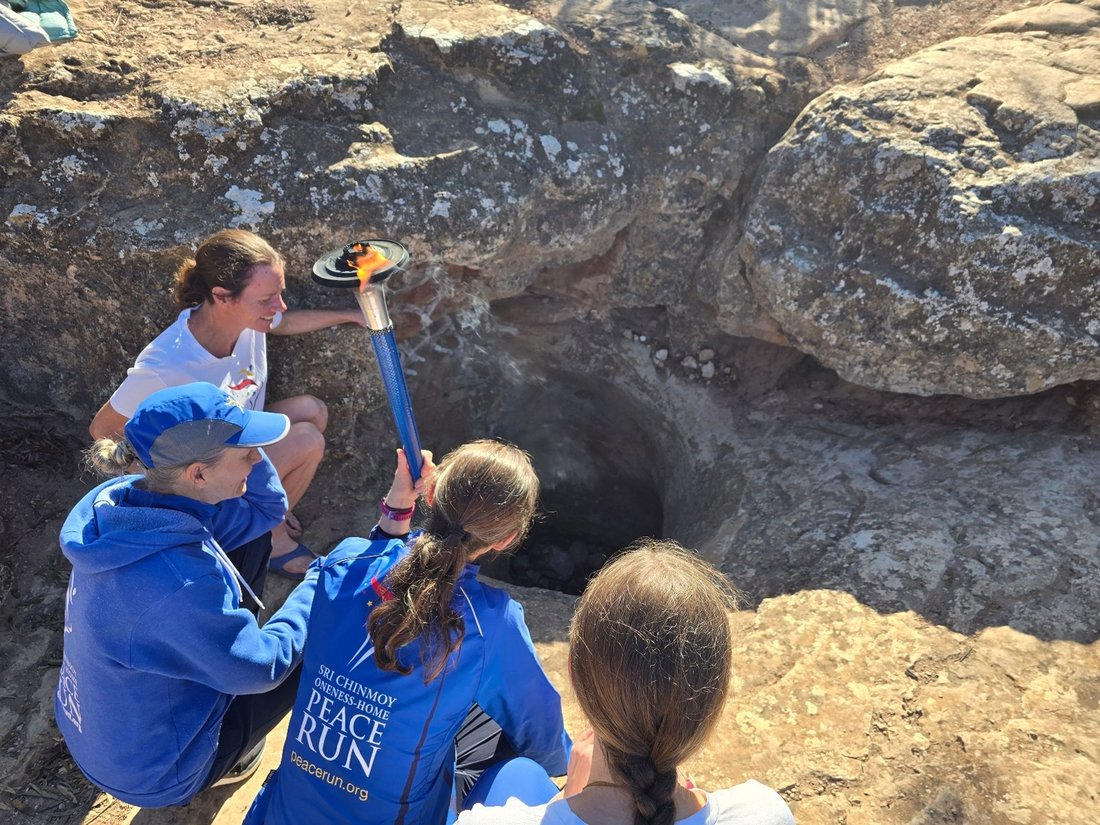
After leaving the campground this morning, before hitting the road, Team B took a stop at the Caiguna blowhole. It was formed due to weathering through to underground cavities. There are many of these caves on the Nullarbor with several being large enough to have several kilometres of passages with lakes and rivers in them.
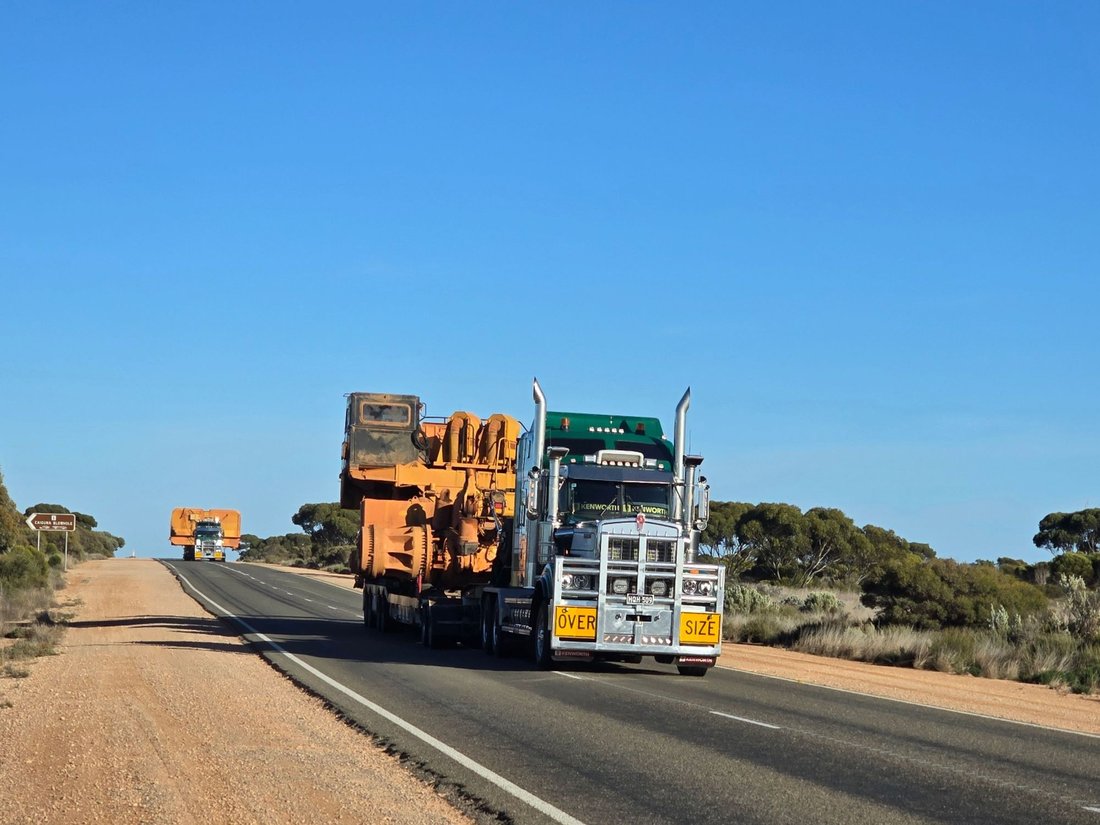
Prachar took the Torch for the first leg out of the campsite for team A. We left in the van about fifteen minutes later. Immediately we saw a vehicle with a familiar sign, “OVERSIZE LOAD AHEAD”. I wasn't sure why the two FedEx trucks and a caravan were pulling off the road. I drove past them and saw the reason. Two trucks were coming, laden with massive pieces of yellow machinery that were as wide as the entire two-lane highway. I quickly pulled over to the side as well.
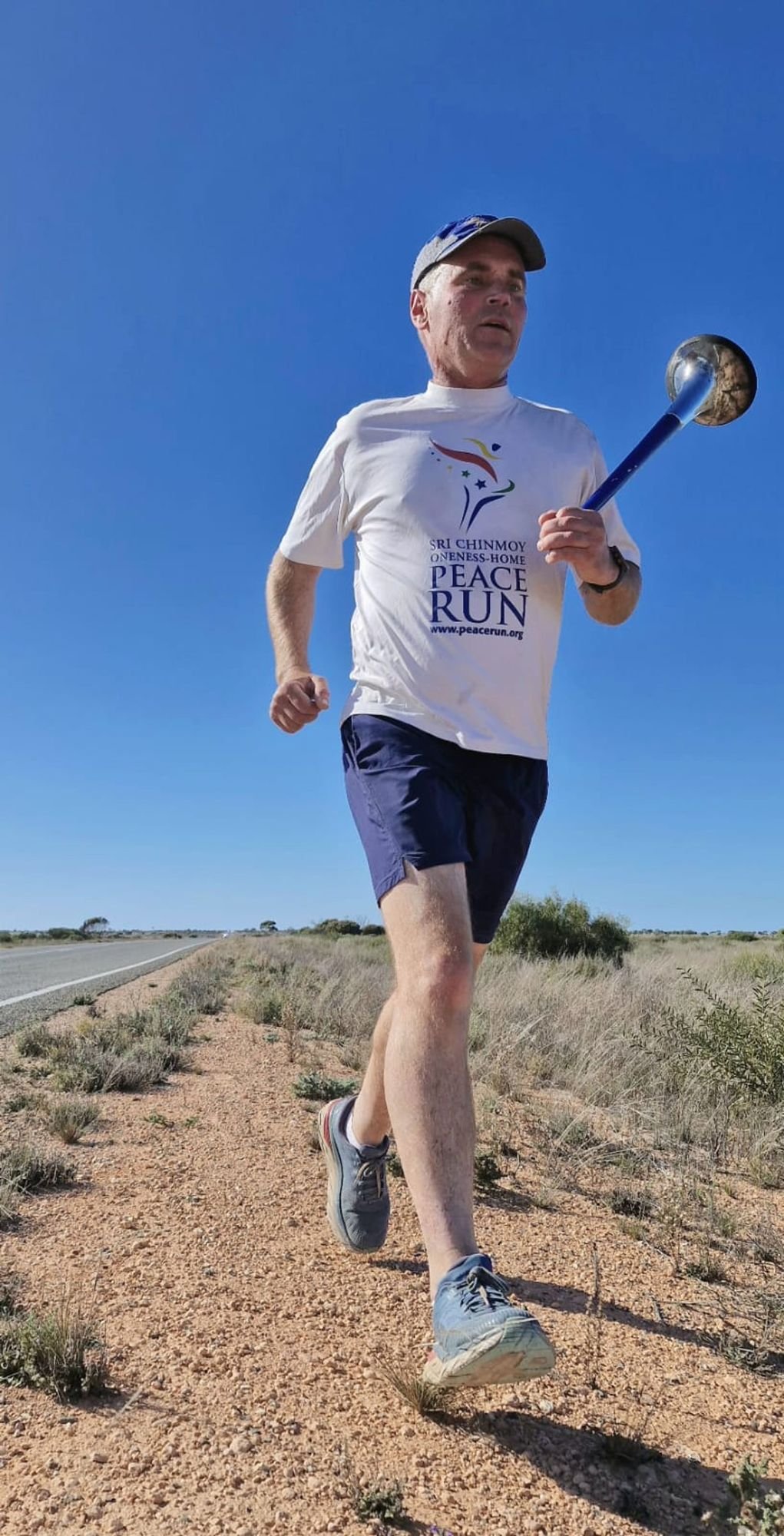
Our team had five runners and 62 km to cover. Prachar completed his 5km stint, and promptly went out for two more, following Mahasatya and Denis. When it was my turn, I discovered that running down Australia's longest section of straight road had its advantages and drawbacks. You can see the van from a long way off, which is actually a drawback. Because it takes a very long time to actually get to the van. You can look down at the road and focus on grinding out a few dozen more strides. But when you look up, the van seems even further away than last time you looked. How can it be?
An approaching road train flashed its high beam at me from 500 metres. I had noticed that most of these vehicles will pull right over into the opposite lane as they pass, giving the runner a wide berth. I assumed that traffic from behind me was preventing this, and the driver was warning me. So I ran as far off the road shoulder to the right as I could. The truck whooshed past as my hat snagged on a branch. I retrieved it and kept running.
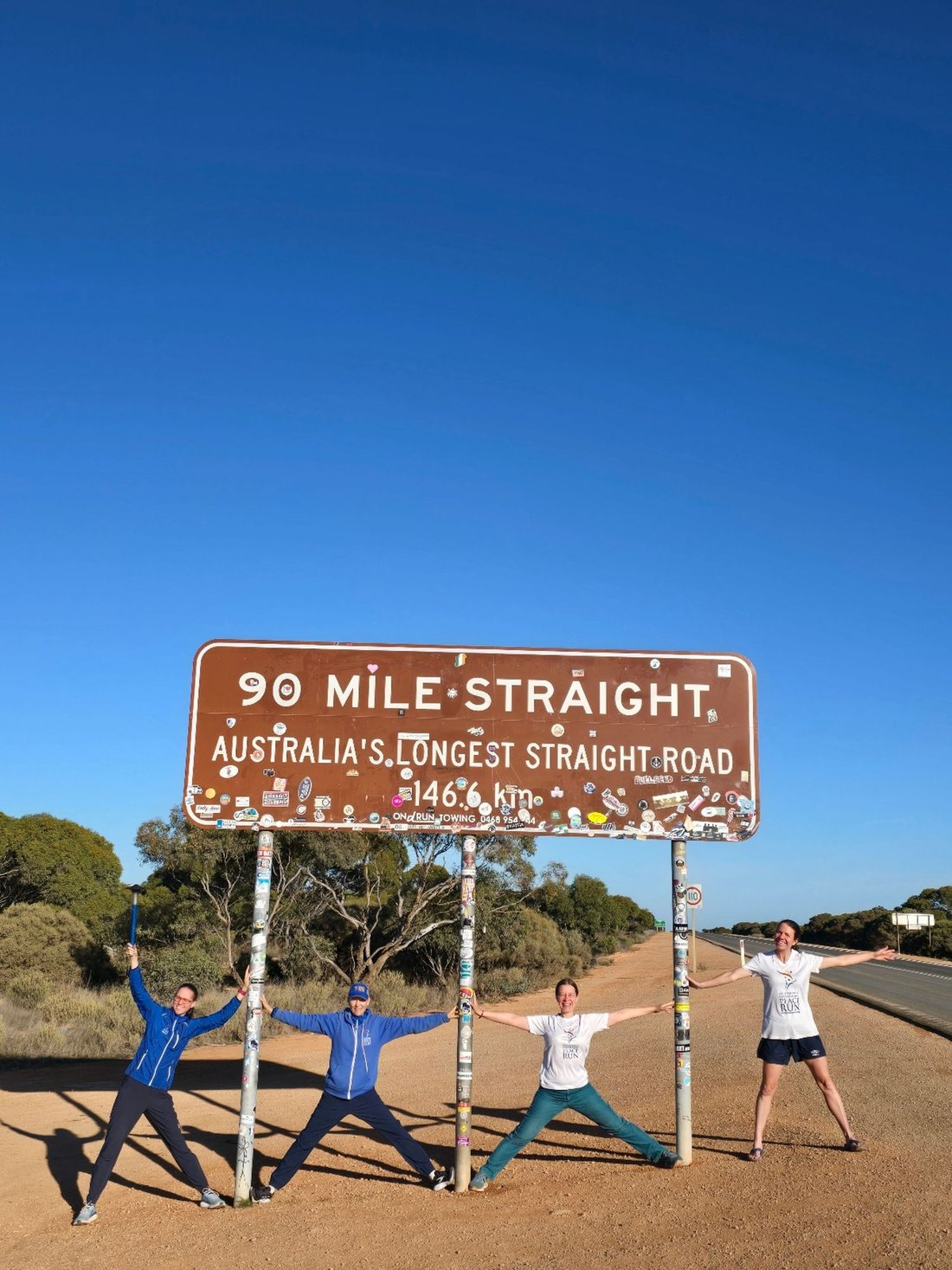
The entire Peace Run team ran Australia's longest straight road today. This segment of the Eyre Highway is called The 90 Mile Straight. It stretches an astounding 146.6 kilometres without a single curve!
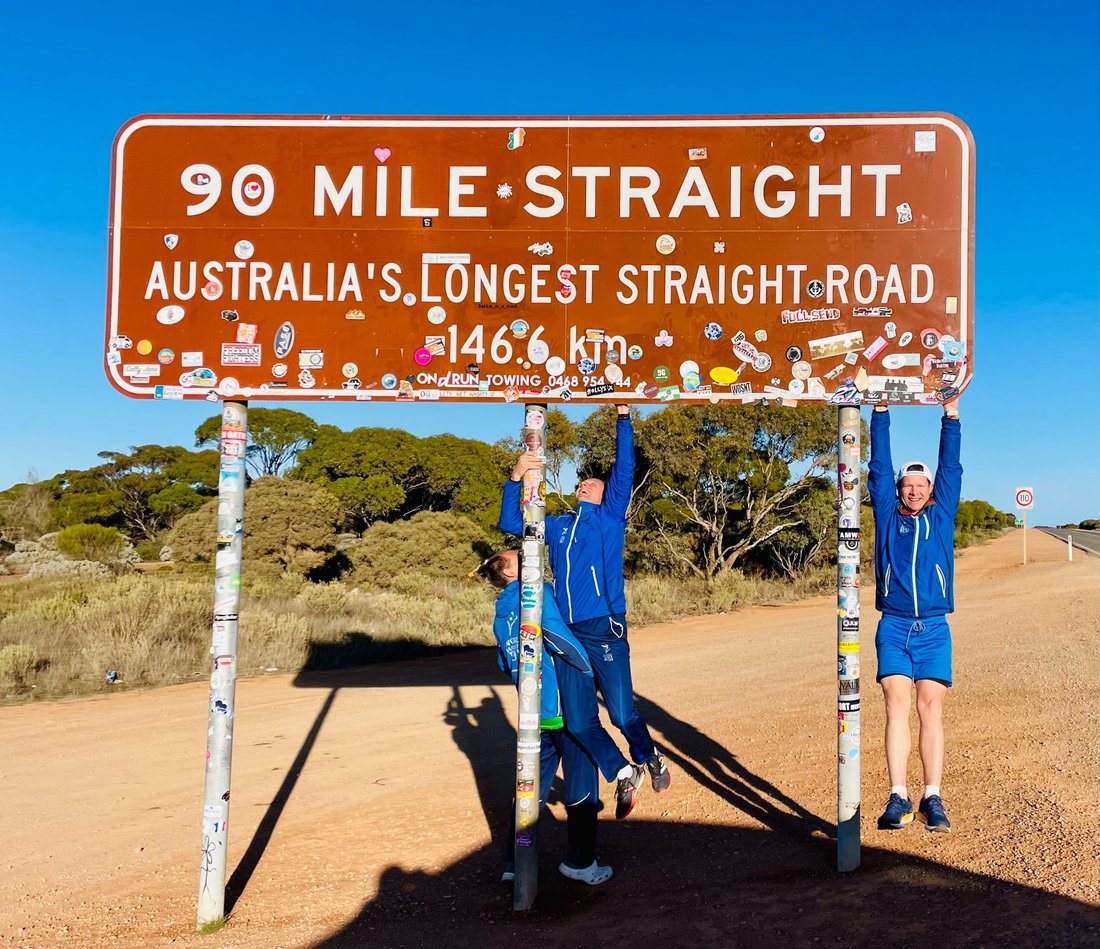
The road across The Nullarbor has been pretty straight every day but today’s run saw us successfully navigate the longest straightest road in Australia! No chance to take a wrong turn here!
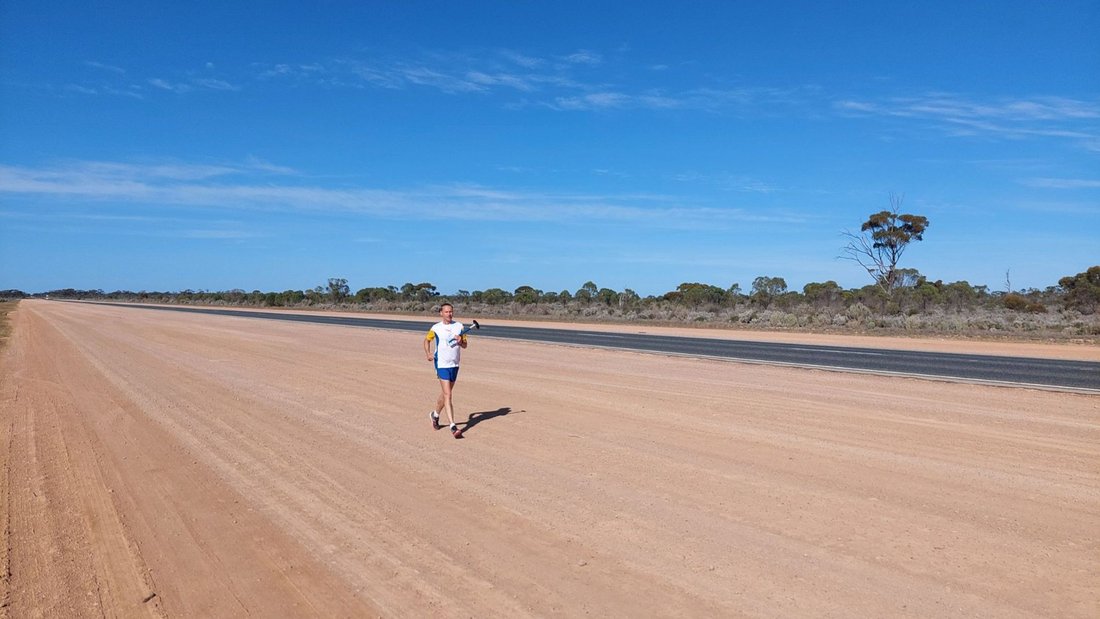
Pathik got to run on a section of the road that had been converted to an airstrip. Parts of the Eyre Highway double as emergency airstrips for the Royal Flying Doctor Service, a testament to the remoteness of the area.
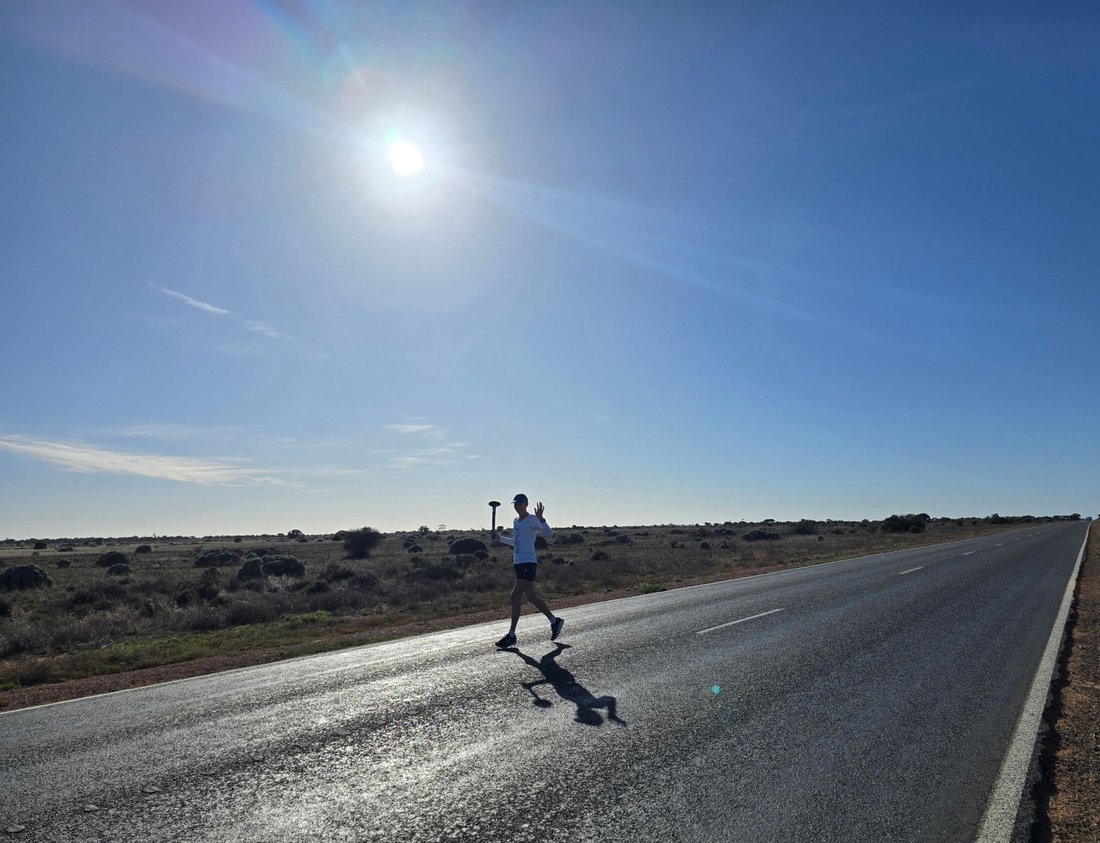
An invigorating run, the wind carried me like the tide. At last, not a torturous slog, but a gentle glide.
I’m on a remote road, long and straight, I wonder what brought me here, are my choices decided by fate?
It seems life has plans for me, of which I don’t know. A seed has been planted, its only desire is to grow.
I pray to be better, to somehow change. But how far do I have to travel, to what extent must I range.
I’d like to create a life much like todays gliding run, with the ease of a bud gently opening to the loving sun.
I think that the answer must be hidden within me, I just have to wait. God will reveal it when that seed is ready to germinate.
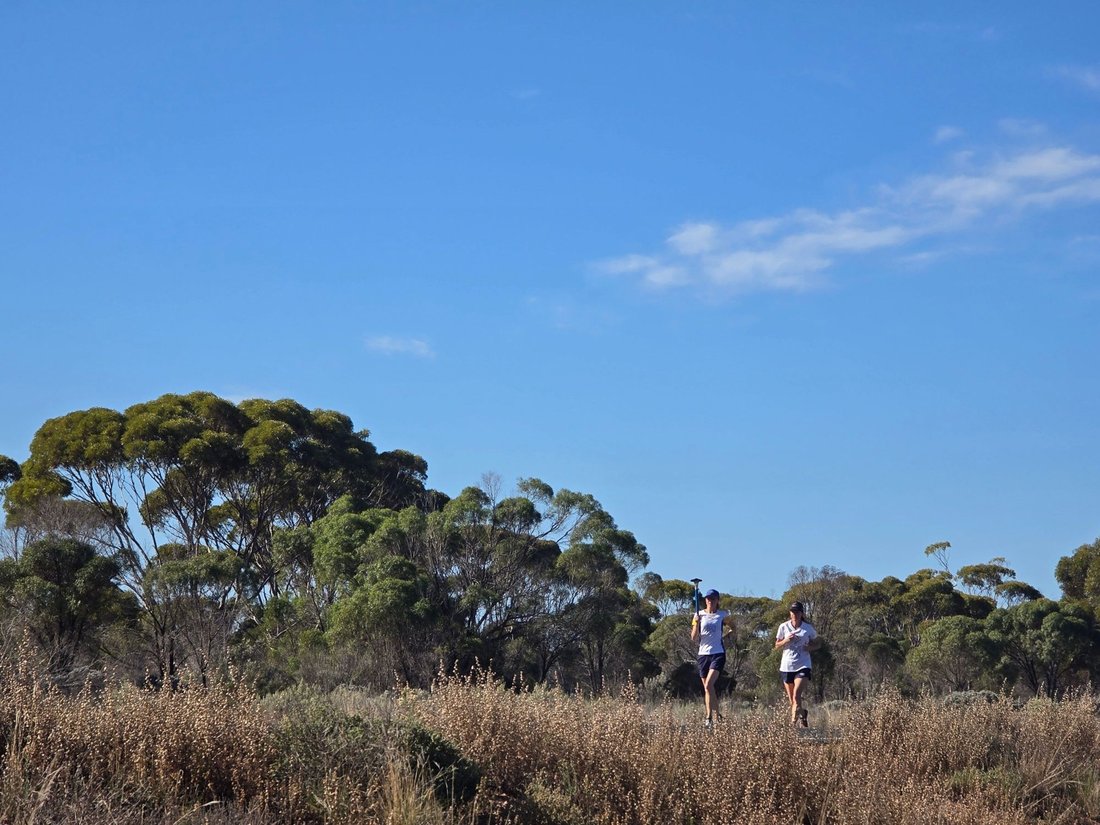
This was our 5th day running across "The Nullarbor". We have been surprised by the amount of trees given its name means ‘no trees’. In truth, much of the Eyre Highway we have been following detours around the southern edge of the real Nullarbor Plain – hence many motorists have the impression that the Nullarbor has quite a few trees.
The trees have actually been one of the highlights of this stretch, giving stunning silhouettes against the vast sky. By the end of today’s running the trees were taller and more numerous than they have been for the last few days.
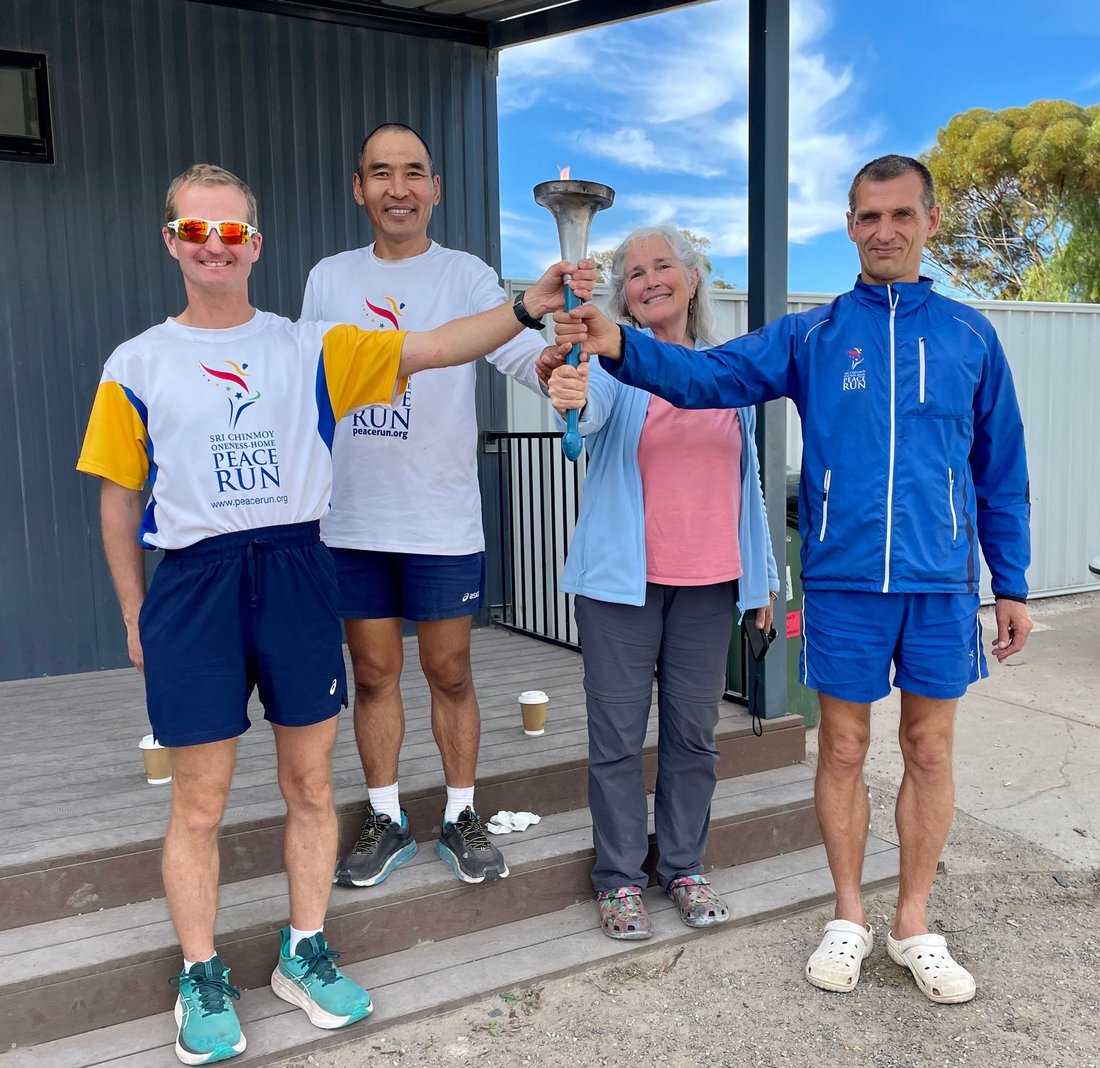
At Balladonia Hotel Motel, a curious lady, Selene Moonbeams from Tasmania, came up and asked about the Peace Run. She wished us well and praised our efforts.
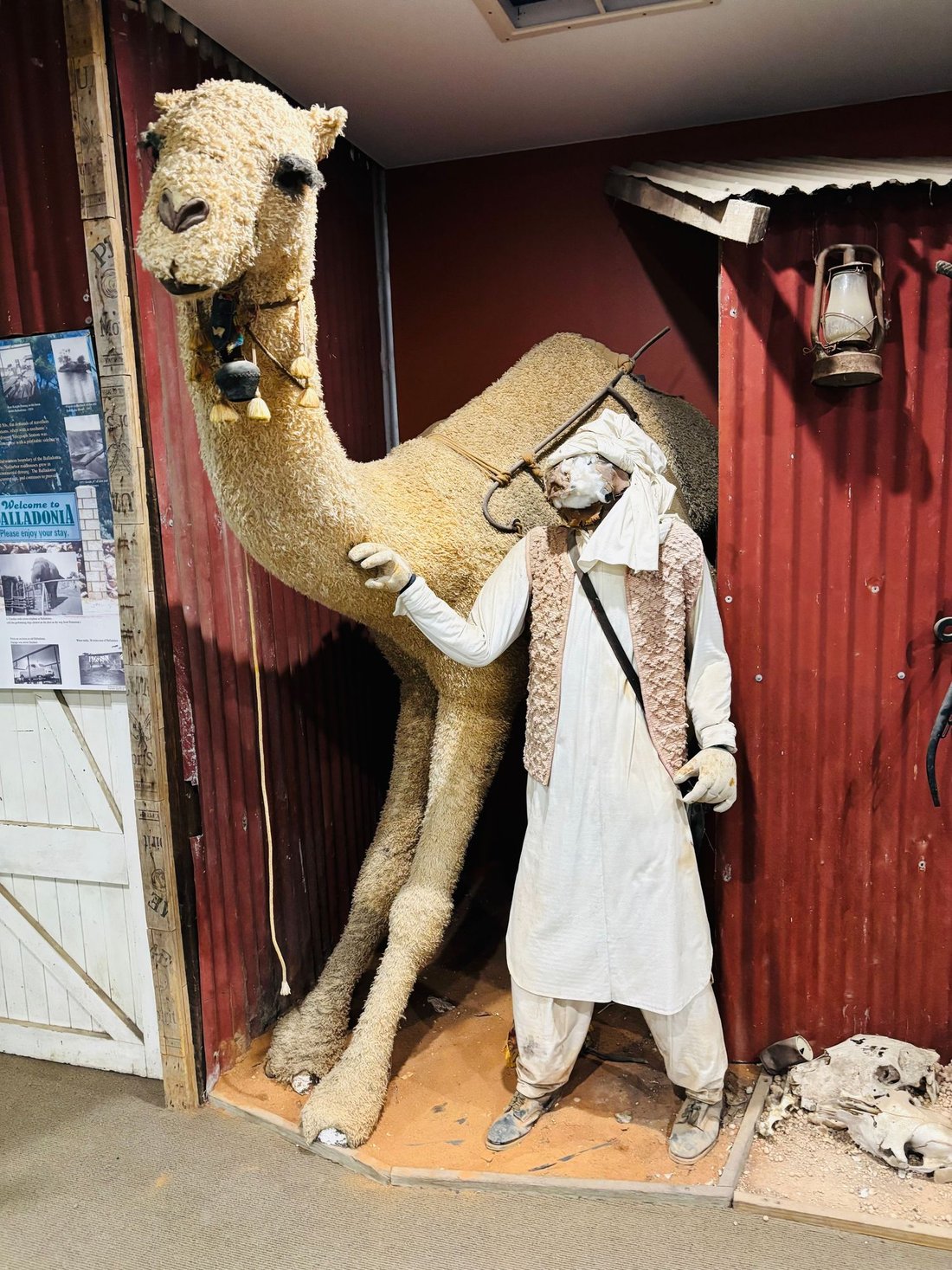
Inside the Balladonia Roadhouse, we enjoyed the wonderful local museum. Camels and their Afghan drivers had played a big part in the history of their area. When the first boatload of camels arrived, they had to be moved to the shore, which was a problem. Nobody was sure if camels could swim. So one camel was pushed overboard. Fortunately for everyone, especially the camel, the beast could swim.
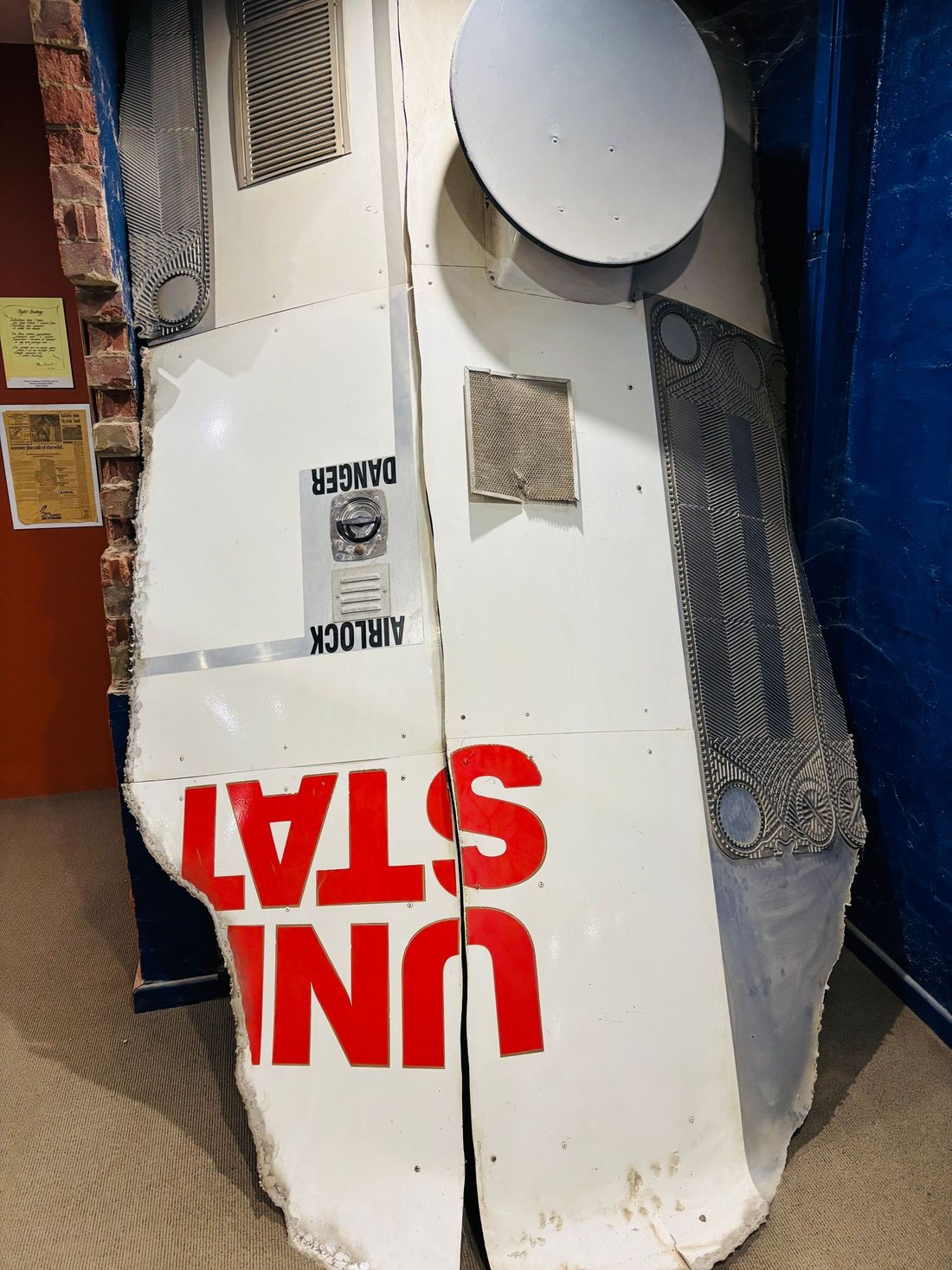
Another important happening was Skylab, the USA's first space station, launched in 1973. Eventually it fell out of orbit and disintegrated, scattering debris across Western Australia and the Indian Ocean, in 1979. Balladonia was at the centre of a large circle where debris was found in the State. An American newspaper offered a large cash prize to anyone who brought them a piece. A man from Esperance, Western Australia, flew to the US and claimed the prize.
In the museum, Ashprihanal and I studied what looked like a large piece of Skylab thoughtfully. The edges were suitably jagged, and we could read the remnants of a large insignia declaring “UNITED STATES”. Was it genuine? But when I noticed that a piece of the wreckage looked suspiciously like a piece of catering equipment, we decided it was a fake.

